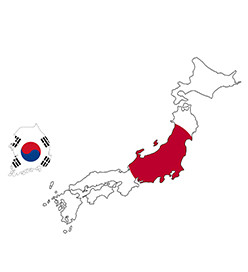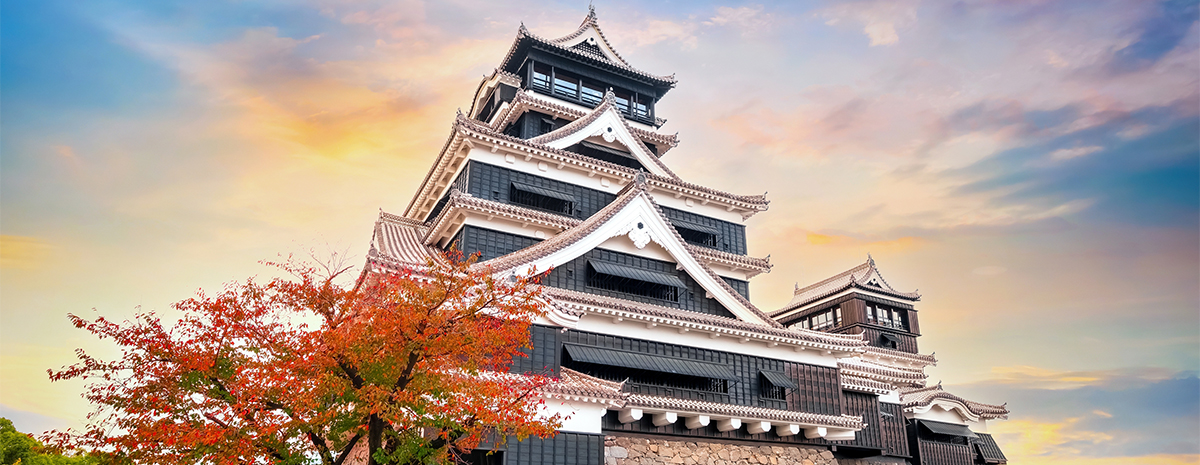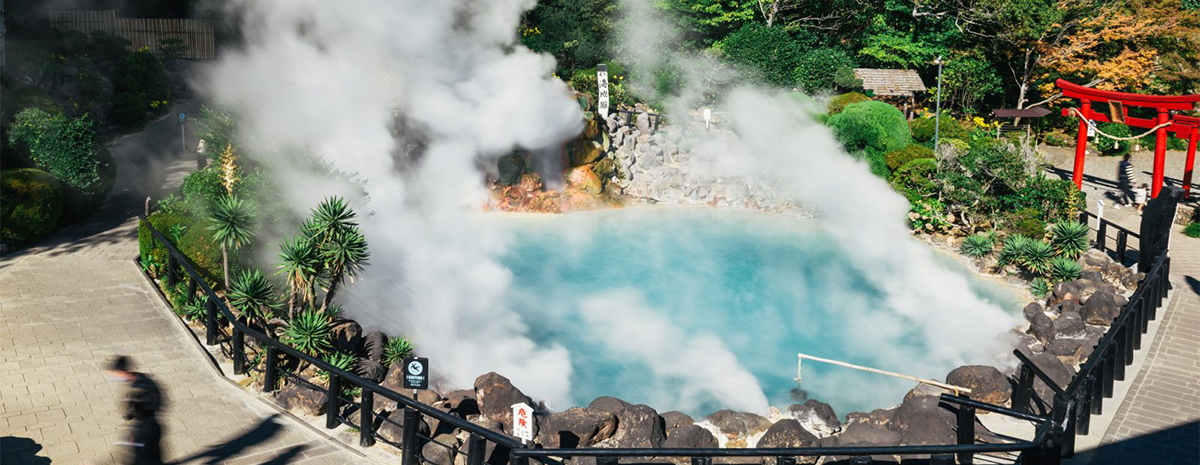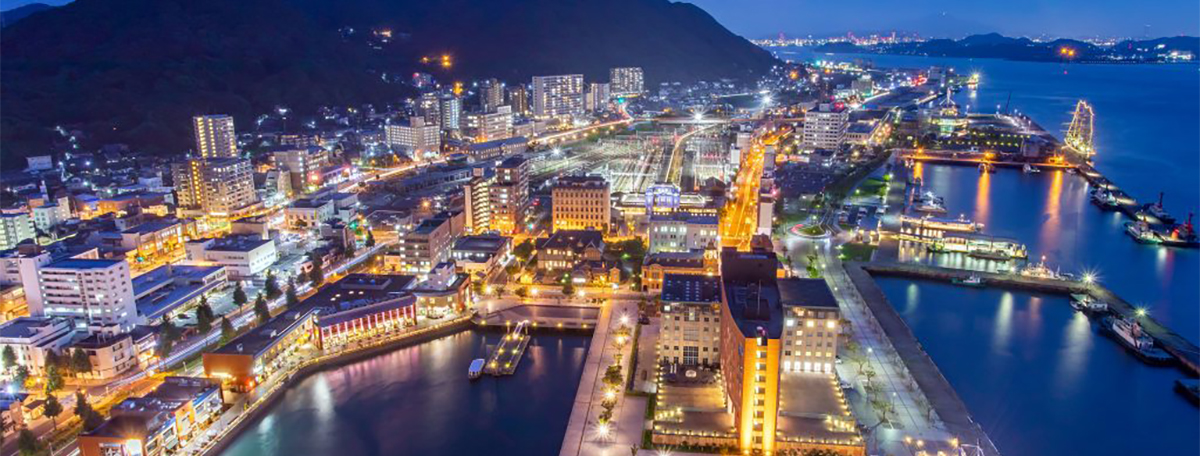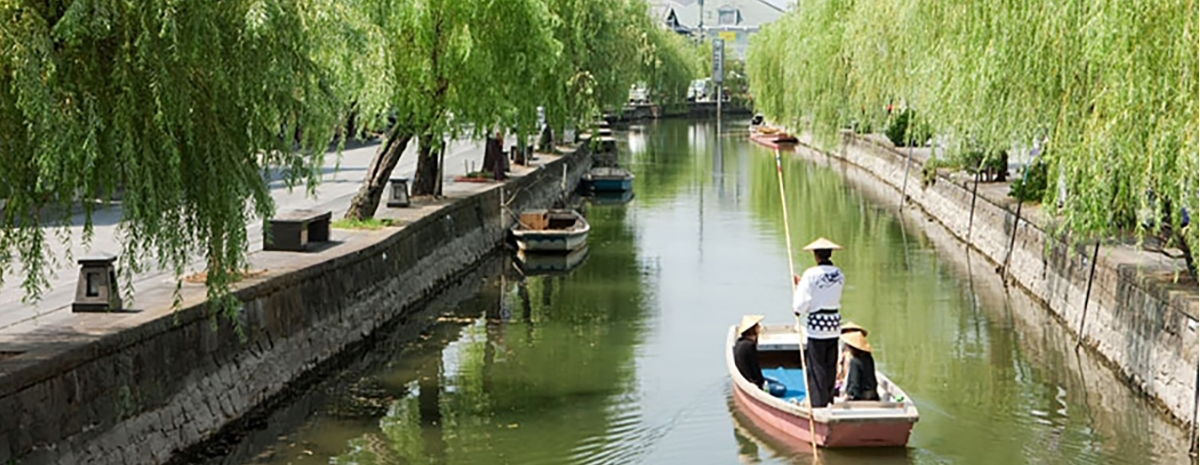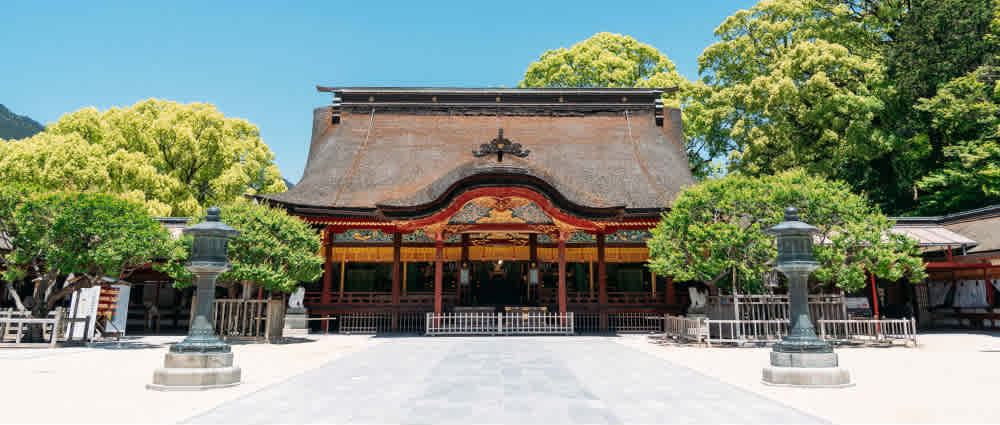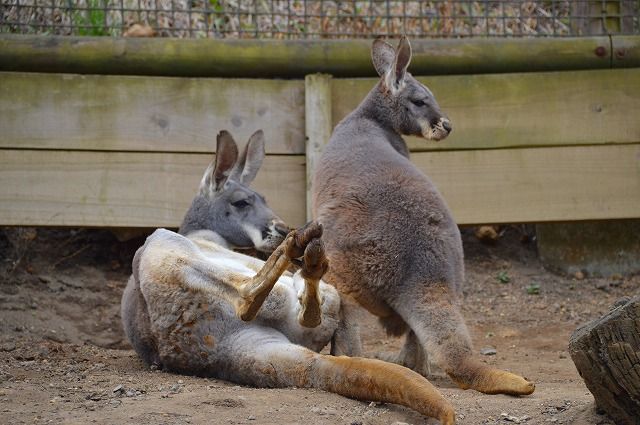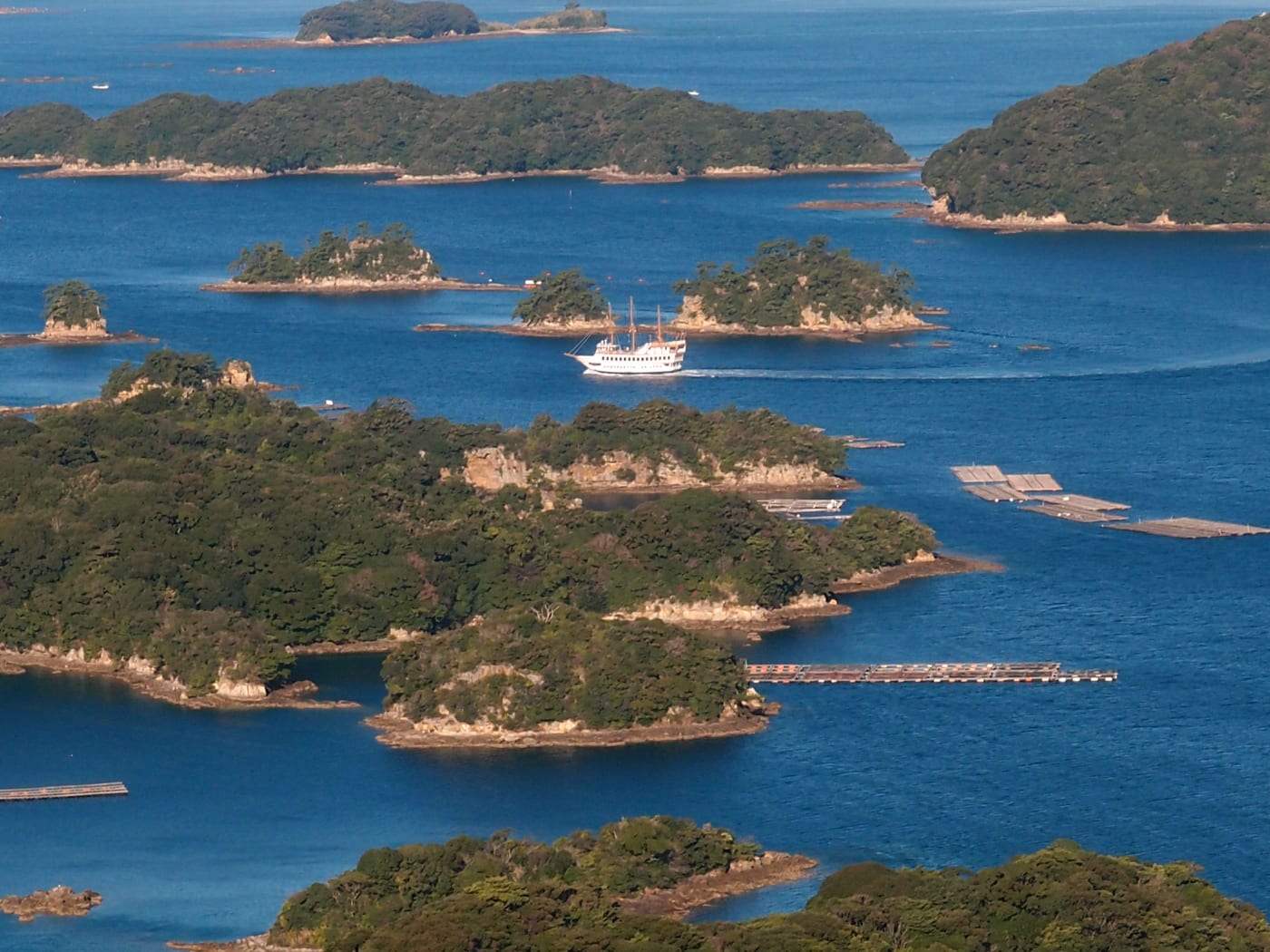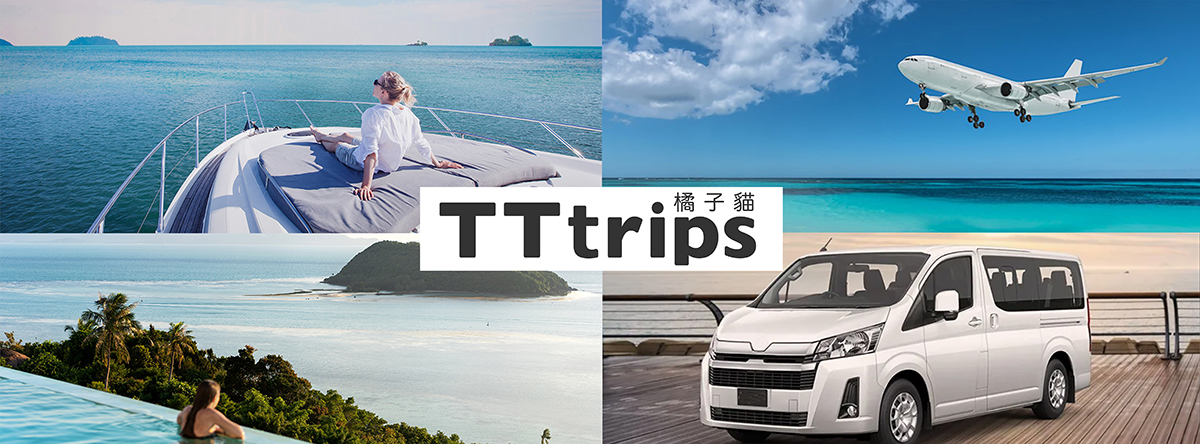Kyushu Kumamoto 7 days tour
 |
 |
 |
 |
Kyushu Kumamoto 7 days tour
Can help to book air tickets and hotels
Flight to Aso Kumamoto Airport suggest schedule
| Airline | Flight Departure Number | Departure Time | Flight Arrival Number | Arrival Time |
 |
CI 194 |
(From December Every Mon. Thu. Fri. Sun.) 14:30 |
CI 195 |
(From December Every Mon. Thu. Fri. Sun.) 18:40 |
 |
JX 846 | 07:45 | JX 847 | 12:00 |
| Itinerary | ||
| Item | Place of accommodation | |
| Day 1 | Taoyuan International Airport > Kumamoto Airport > Free activity |
Stay in Aso Hakuun Sanso |
| Day 2 | Kumamoto Castle > Mt. Aso > Kusa-Senrigahama > Kinrinko Lake |
Stay in Grandvrio Hotel Beppuwan Wakura |
| Day 3 | Umi Jigoku > African Safari > Senbutsu Limestone Cave > Mojiko Retro |
Stay in RITOAS |
| Day 4 | Karato market > Nisshin Kowa Kinenkan > Mt. Sarakura > Mitsui Shopping Park LaLaport FUKUOKA | Stay in Hotel ANA Crowne Plaza Fukuoka |
| Day 5 | Dazaifu Tenmangu > Kyushu Yanagawa Boating > Mifuneyama Rakuen | Stay in Wataya Bessou Hotel |
| Day 6 |
Kujuku Islands > HUIS TEN BOSCH > Nagasaki Atomic Bomb Museum |
Stay in Ooedo-Onsen-Monogatari Nagasaki Hotel Seifu |
| Day 7 | Glover Garden > Shimabara Ferry Terminal > Suizenji Jojuen Garden > Kumamoto Airport > Taoyuan International Airport | Back to Taiwan |
Japan Private tour price and customized itinerary
https://tttrips.com/theme/chartered_car/40

Day 1 Taoyuan International Airport > Kumamoto Airport > Free activity > Stay in Aso Hakuun Sanso
Aso Hakuun Sanso
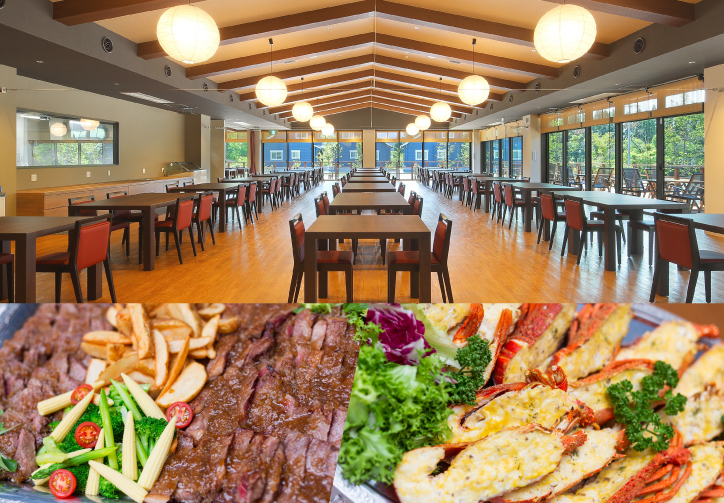
Aso Hakuun Sanso, located in Aso, Kumamoto Prefecture, is a hotel that seamlessly blends traditional Japanese hospitality with modern comfort. Offering panoramic views of the Aso Valley and mountains, the rooms are designed in a traditional Japanese style while equipped with modern amenities. The hotel features natural hot springs, including both indoor and outdoor baths.
Exquisite banquet cuisine is served, highlighting seasonal ingredients. It serves as an ideal base for exploring the Aso volcanic region, making it perfect for guests seeking a tranquil and rejuvenating getaway.
Day 2 Kumamoto Castle > Mt. Aso > Kusa-Senrigahama > Kinrinko Lake > Stay in Grandvrio Hotel Beppuwan Wakura
Kumamoto Castle
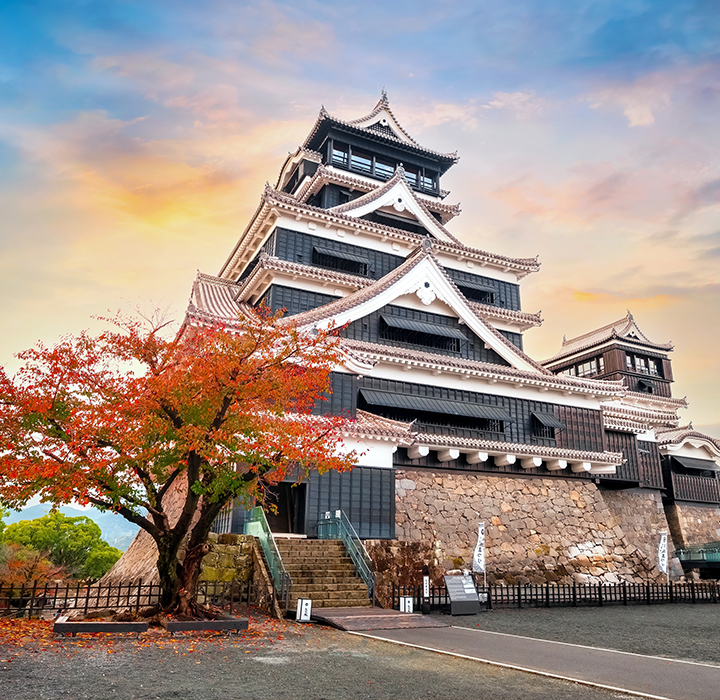
Kumamoto Castle (熊本城, Kumamoto-jō) is a hilltop Japanese castle located in Chūō-ku, Kumamoto, in Kumamoto Prefecture. It was a large and well fortified castle. The castle keep (天守閣, tenshukaku) is a concrete reconstruction built in 1960, but several ancillary wooden buildings remain of the original castle. Kumamoto Castle is considered one of the three premier castles in Japan, along with Himeji Castle and Matsumoto Castle. Thirteen structures in the castle complex are designated Important Cultural Property.
Kusa-Senrigahama
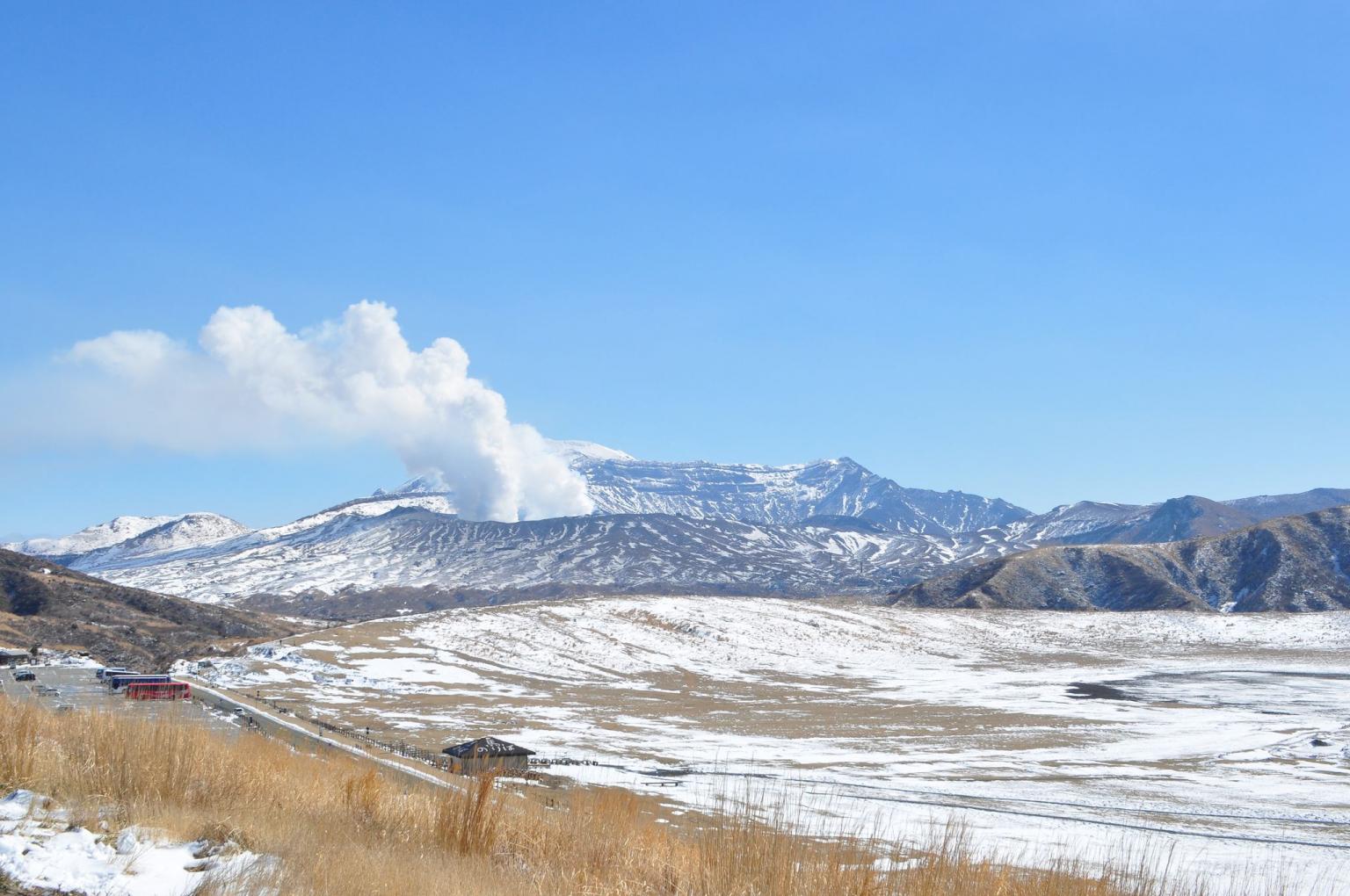
It is a grassland of about 1km located on the Aso Surrounding Scenic Line. A majestic landscape created by the hat mountain in the background and the pond formed by the rain. Tree-lined summers, dreamy snow-white winters, and colorful seasons. You can ride a drawing horse around the grassland for a week, which is very popular among tourists.
Kinrinko Lake
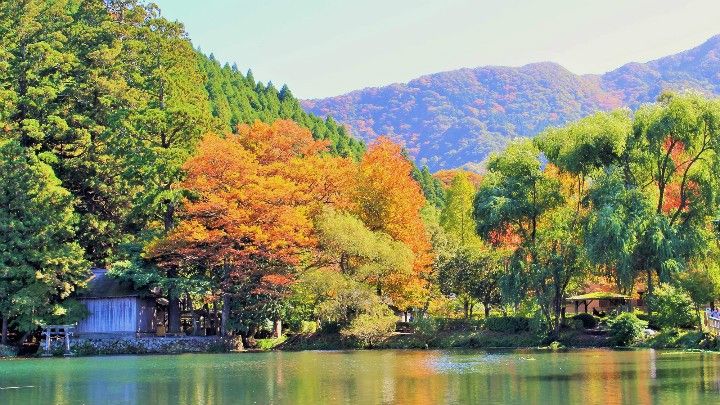
Lake Kinrinko in the town of Yufuin in Oita is famous for its mystical views. The lake’s water is a mixture of cold and hot spring water, causing steam to rise from the lake’s surface. The steam can be seen the best in autumn and winter mornings. Right by the lake is Tenso-jinja Shrine, and its torii gates stand in the lake’s waters. The shrine’s chozu-ya (place for washing hands/mouth) water is pulled from Lake Kinrinko.
Grandvrio Hotel Beppuwan Wakura
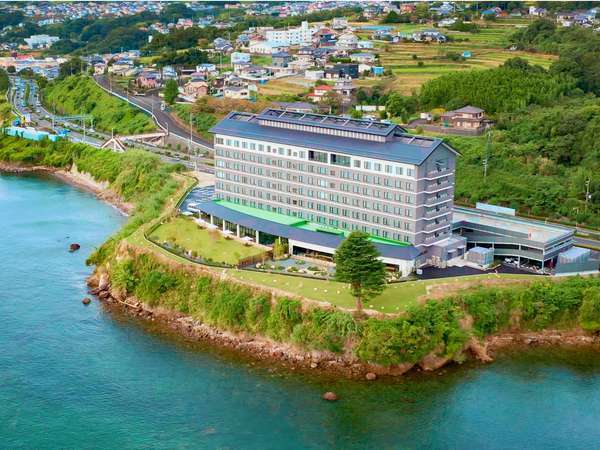
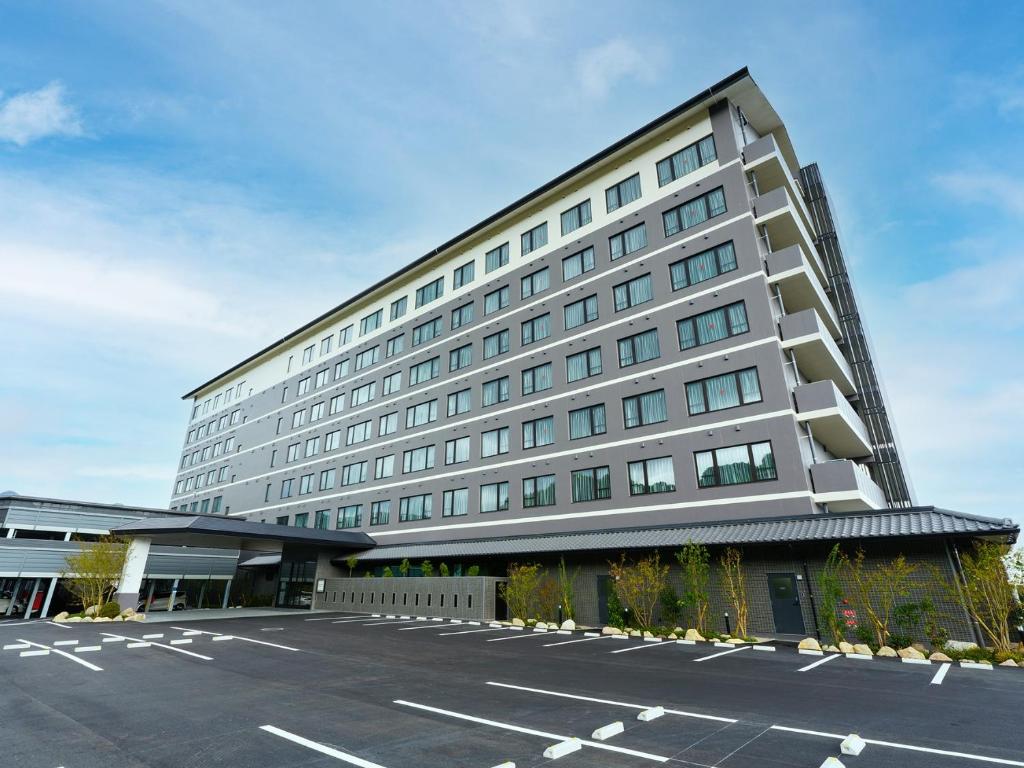
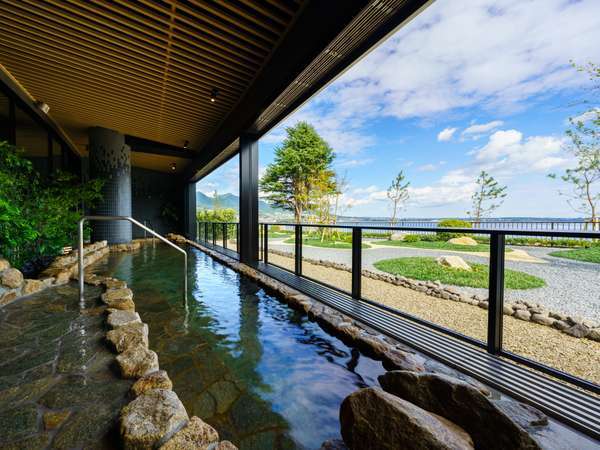
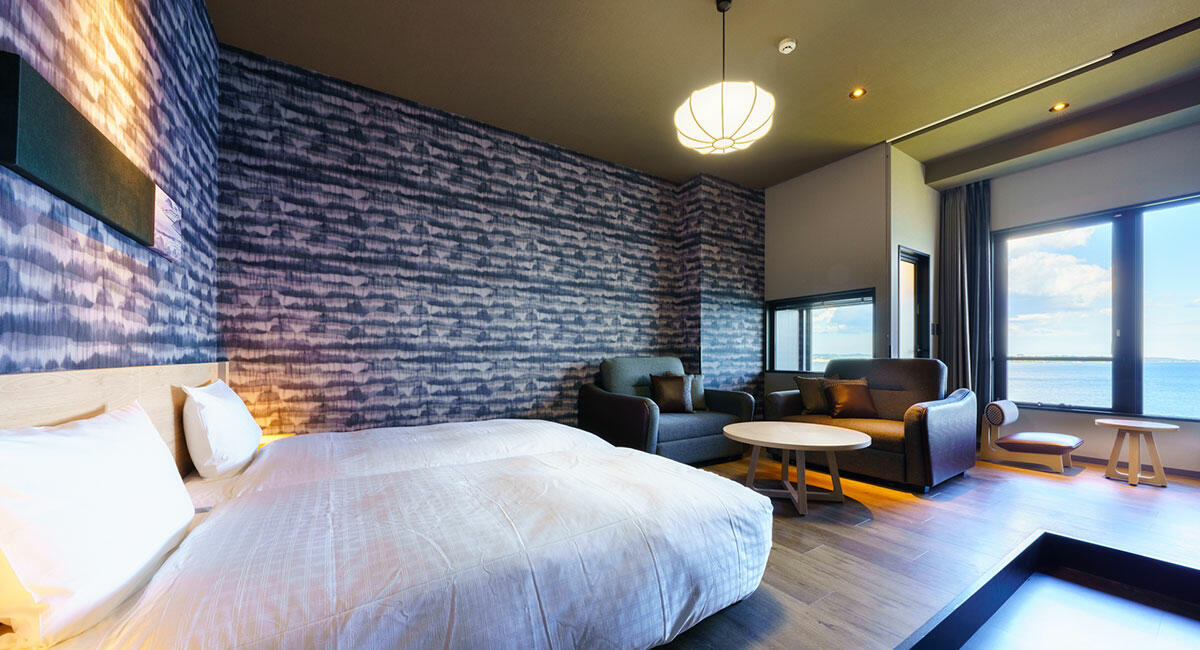
Grandvrio Hotel Beppuwan Wakura is situated in Beppu City, Oita Prefecture, offering a stunning view of Beppu Bay. The hotel boasts a modern design, with rooms equipped with high-end facilities and some featuring balconies with sea views. The hot spring facilities are extensive, including indoor and outdoor baths with water rich in minerals.
With a variety of dining options, the hotel caters to a diverse range of culinary preferences. It is the perfect choice for those seeking a luxurious and comfortable accommodation experience.
Day 3 Umi Jigoku > African Safari > Senbutsu Limestone Cave > Mojiko Retro > Stay in RITOAS
Umi Jigoku
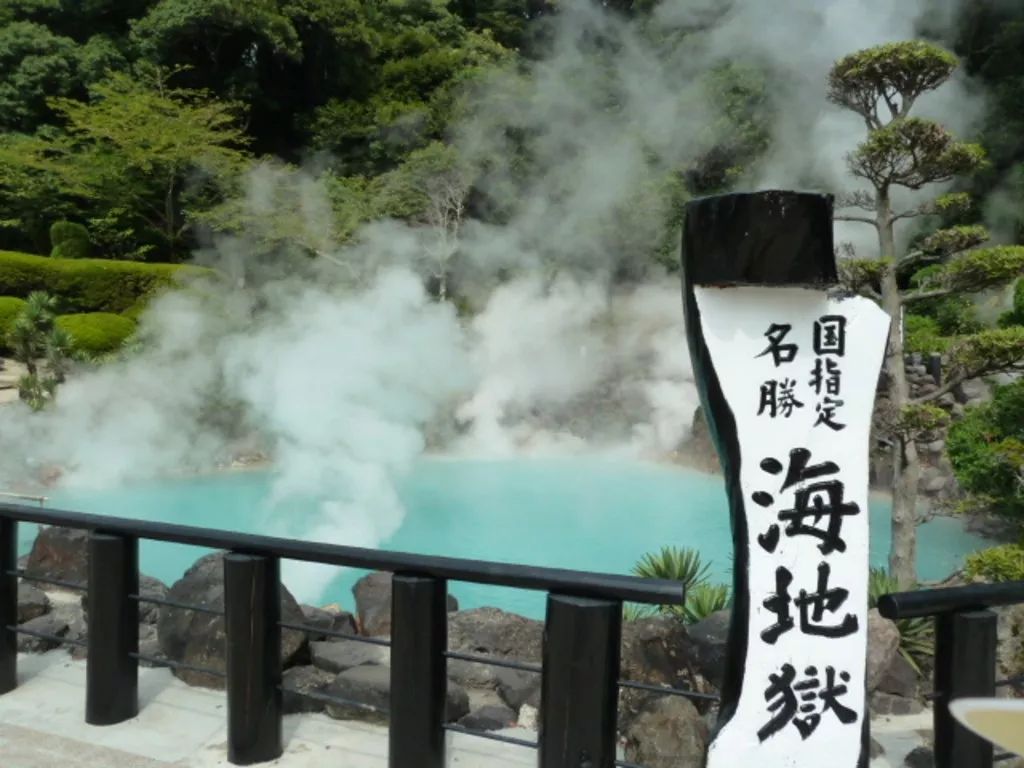
In Beppu, a city of hot springs, there are many jigoku or hells where the water that gushes out creates a breathtaking sight. Jigoku meguri or hell tours have become a standard tourist activity. The most famous of these are the Blood Pond Hell and the Oniishi Bozu Hell, but the largest of these is the Umi-Jigoku or Sea Hell.
Umi-Jigoku has become especially popular recently, not only because of its size and beauty but also because of the many things to see and do there. Today, I will introduce some of the best things to do in Umi-Jigoku.
African Safari
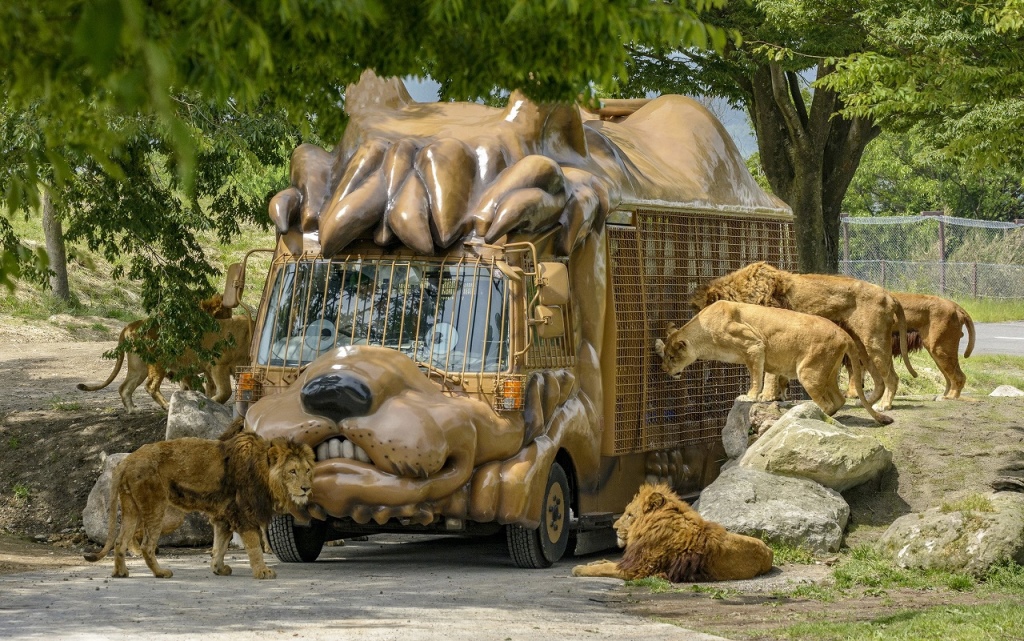
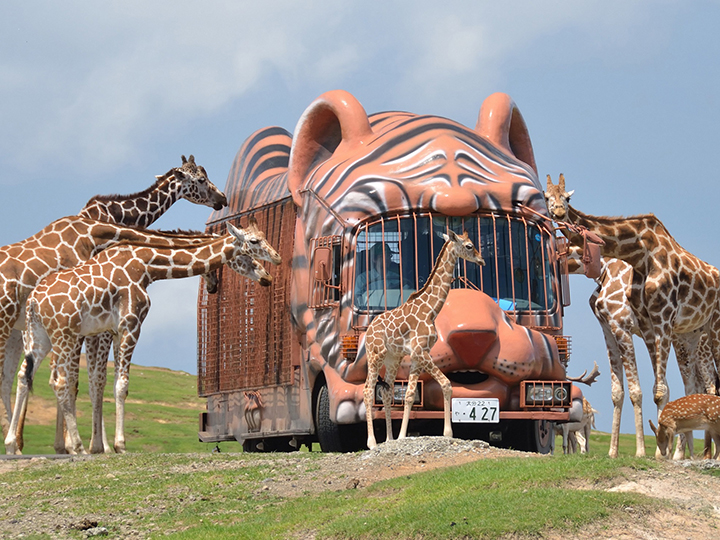
The park has an animal area where bears, elephants, giraffes, lions, tigers and other animals are raised in a close-to-natural state, a contact ranch where you can directly touch small animals such as mini pigs, mini cows, goats, sheep, and rabbits, and a close-up There is an intimate Kangaroo Forest where you can watch kangaroos, a horse riding experience corner where you can try out ponies, a dog salon and a cat salon where you can interact with a variety of dogs and cats. In the animal area, you can also take a tropical jungle bus to observe animals up close and feed lions, tigers, giraffes and other animals.
Senbutsu Limestone Cave
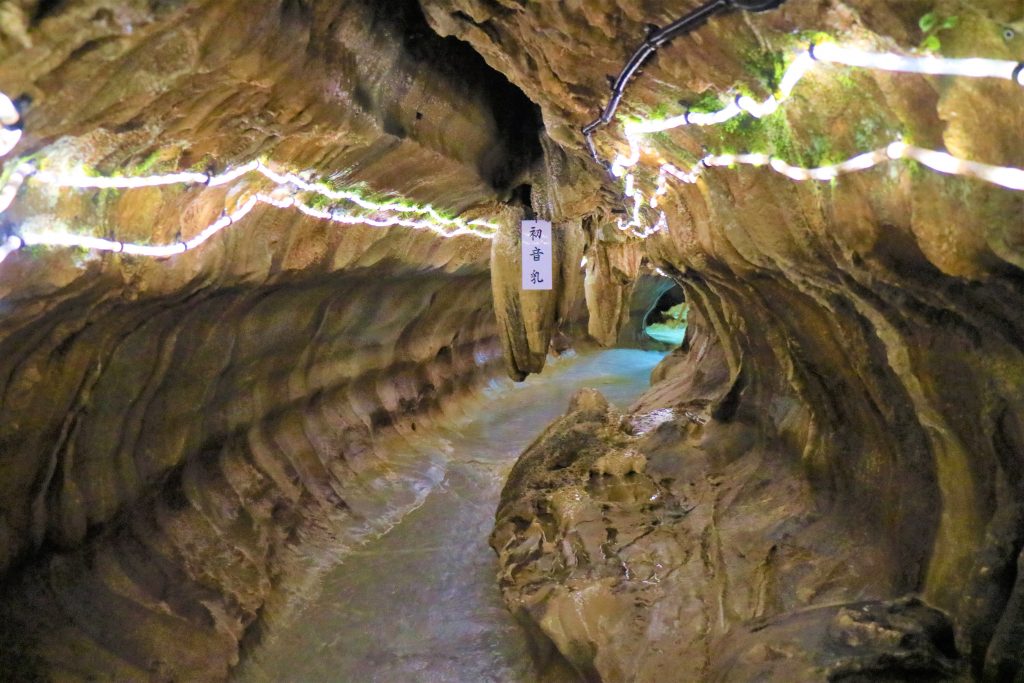

The karst formation of Hiraodai is said to have over 200 caves, and of these, three have been open for tourists to enter without special attire. A must-see is the Senbutsu Limestone Cave with 30 stalactites hanging from the cave ceiling in the entrance. The cave is designated as a national natural monument. Upon proceeding 480m you start splashing as you walk down a stream, feeling like a real explorer. The Mejiro Limestone Cave has one of Japan’s largest monoliths, at around 20m. Everyone from beginners to experts can go caving here, so if you are interested please ask at the reception. Ojika Limestone Cave is known as the “Dinosaur Trap”, having a vertical shaft for an entrance which is unusual in Japan. Upon descending 25m the underground streams flow through the caves, giving a clear picture of the karst formation. Fossils of the Japanese river otter, Mukashi Japanese deer and the Naumann elephant (Palaeoloxodon naumanni) have been discovered in this cave.
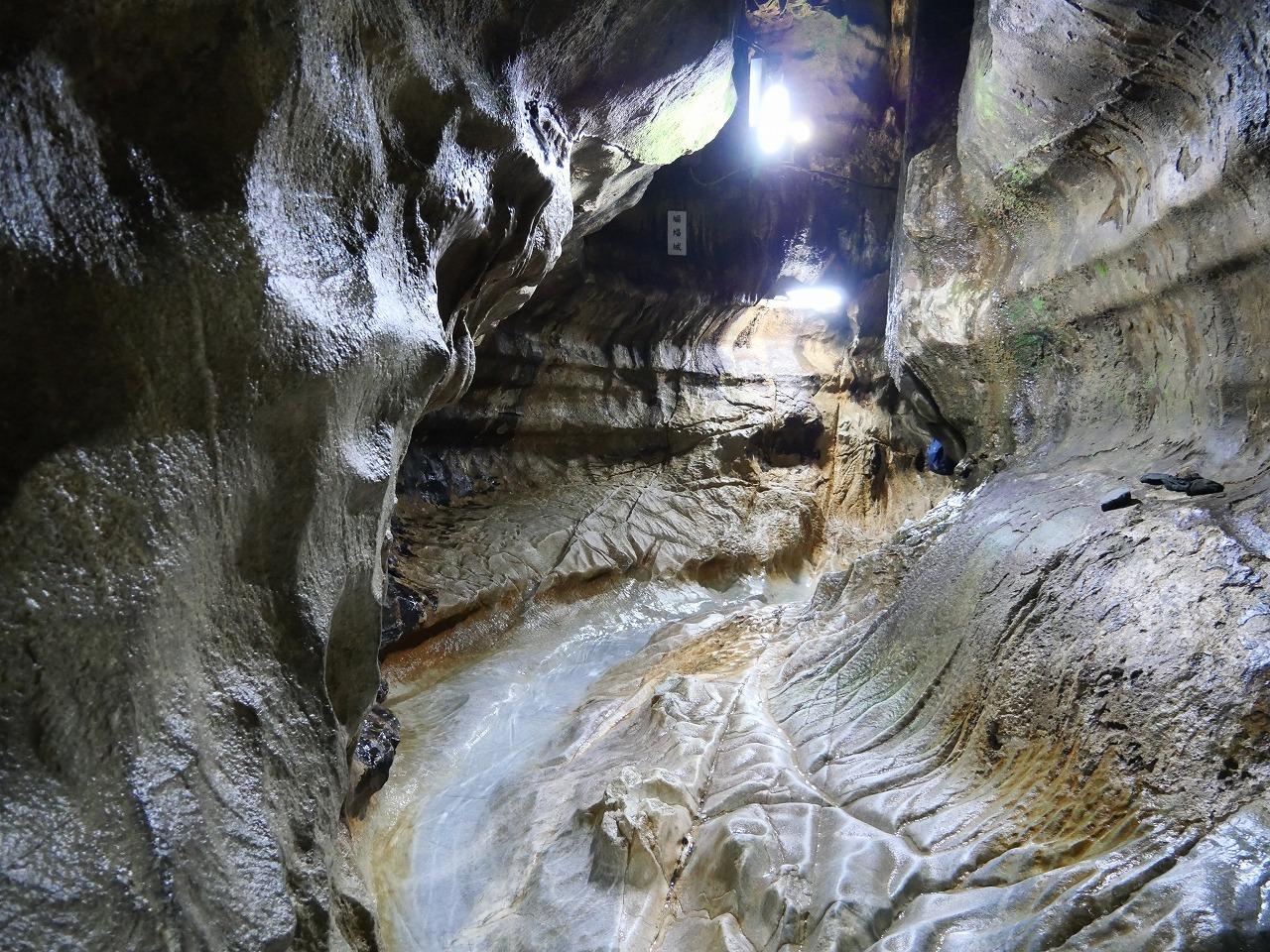
Mojiko Retro
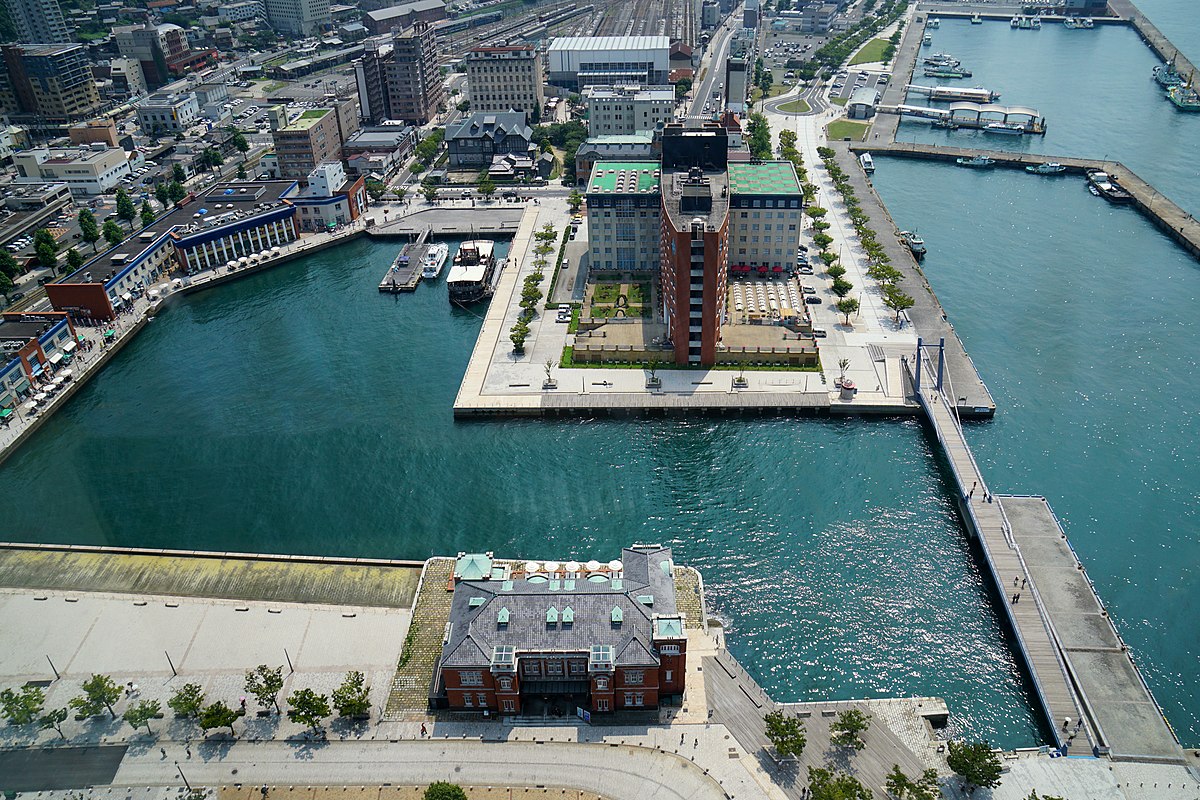
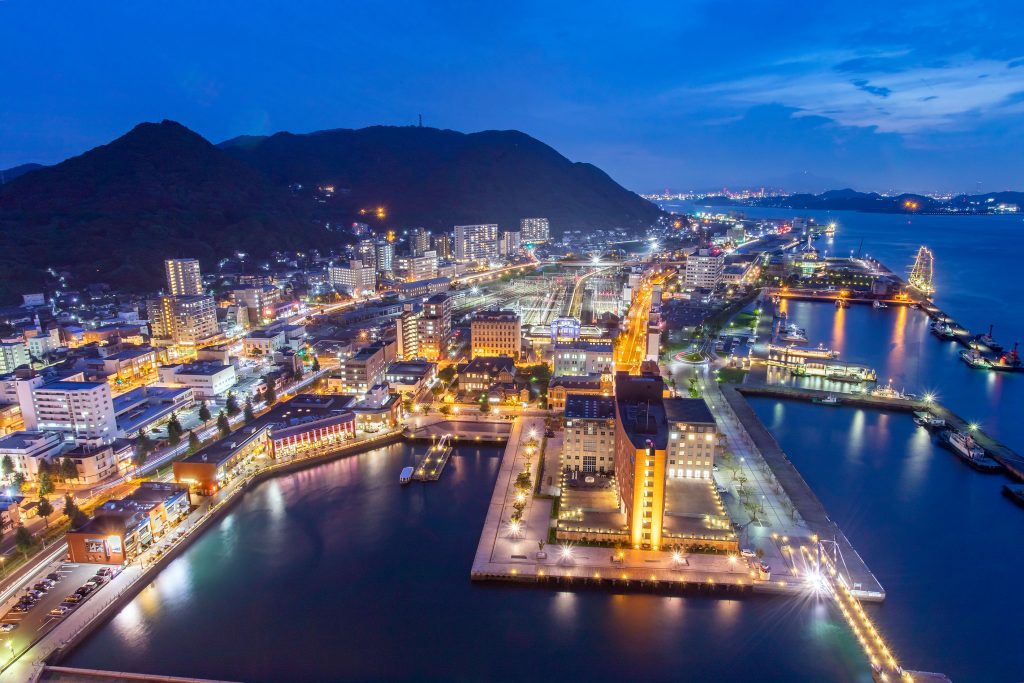
The Port of Moji (Mojiko) is an international trade port opened in 1889 and located at the northern edge of Kyushu.
Its prosperity as a transport hub attracted many Western-style buildings housing shipping companies and trading firms around it. The Mojiko Retro district is a restored reproduction of the district around the port in olden times.
In this district, various buildings have been preserved and are open to visitors, including the iconic Mojiko Station, former Moji Mitsui Club, where Einstein stayed, and former Kyushu Railway Headquarters (currently Kyushu Railway History Museum).
You can immerse yourself in the atmosphere of Japan in the late 19th to early 20th centuries here.
RITOAS
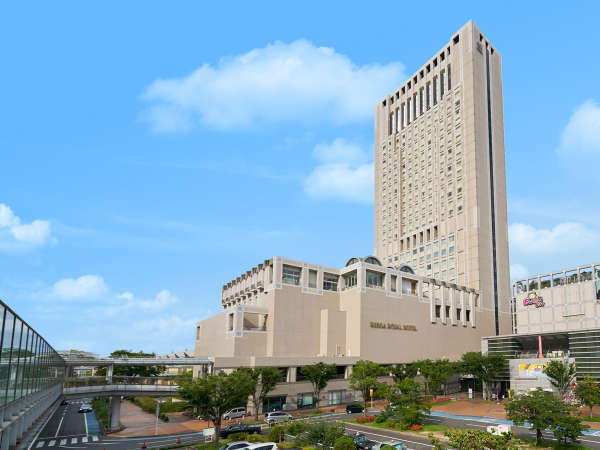
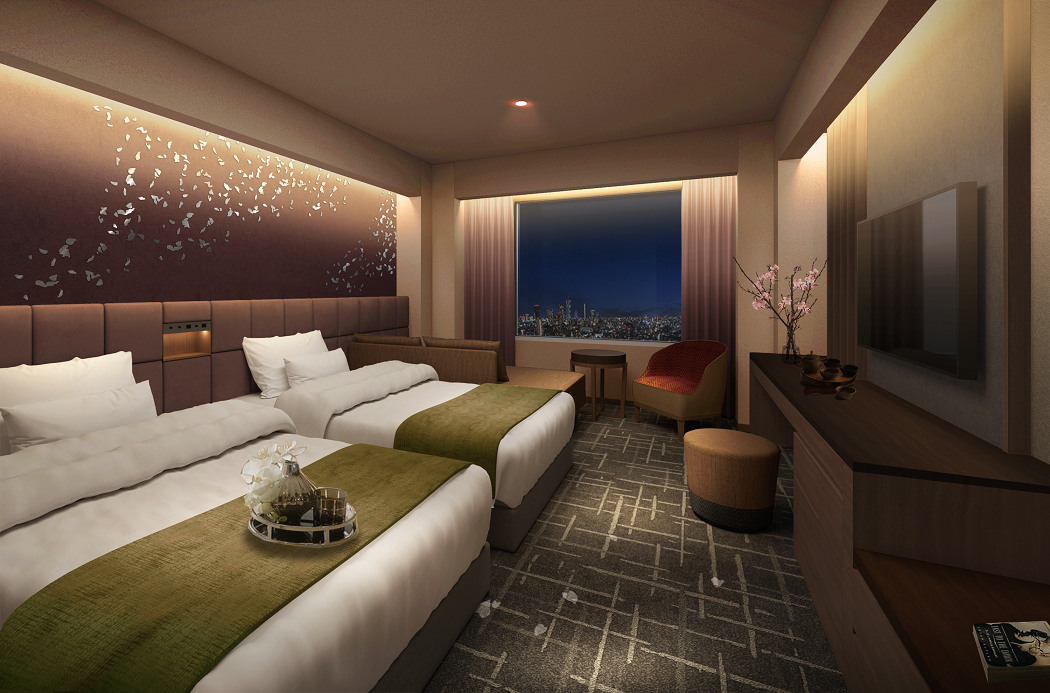
Day 4 Karato market > Nishinkowakinenkan > Mt. Sarakura > Mitsui Shopping Park LaLaport FUKUOKA > Stay in Hotel ANA Crowne Plaza Fukuoka
Karato market
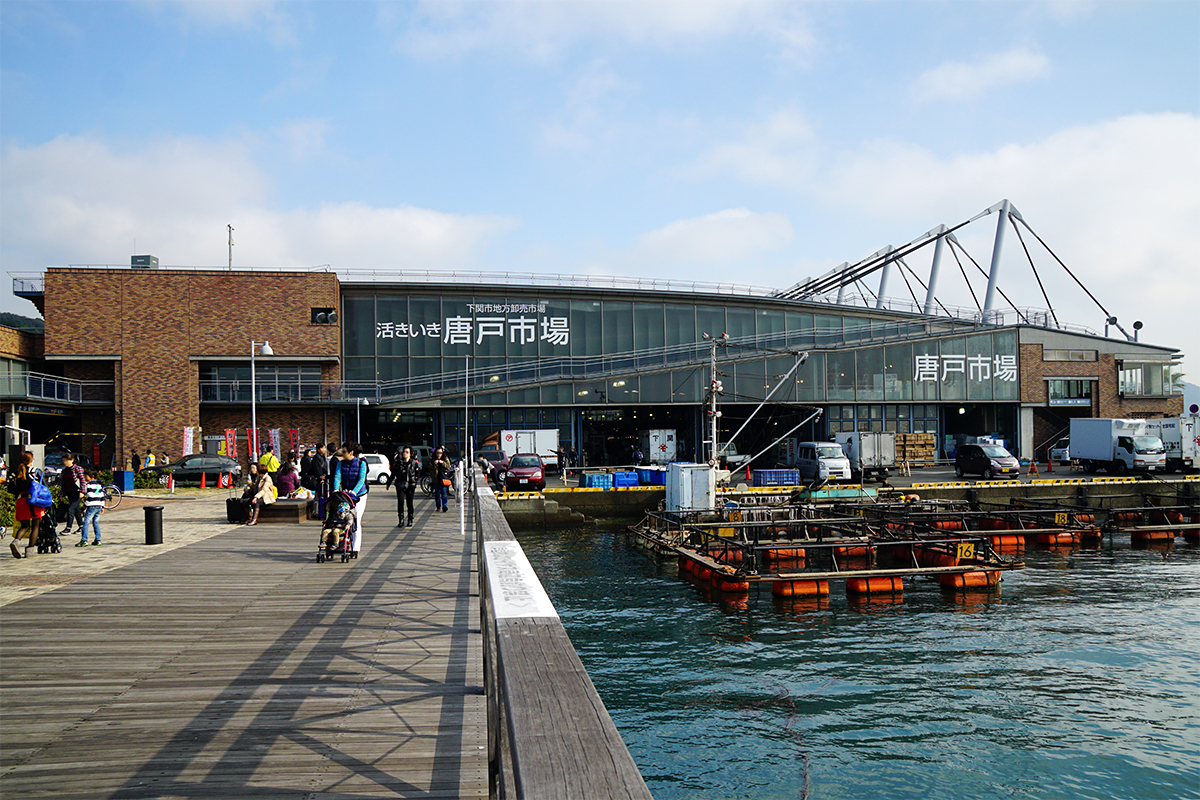
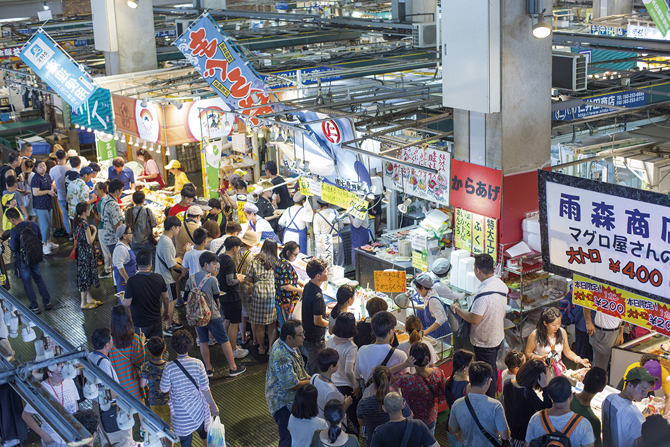
There is a lively market at the pass where local fishermen sell their fresh catch at very reasonable prices. Karato Market started as a street market in 1909 and now ships to all over Japan. Although the main product of Karato Market is seafood, many farmers from Yamaguchi and surrounding areas also set up stalls in the market, so you can also buy many seasonal ingredients.
Nisshin Kowa Kinenkan
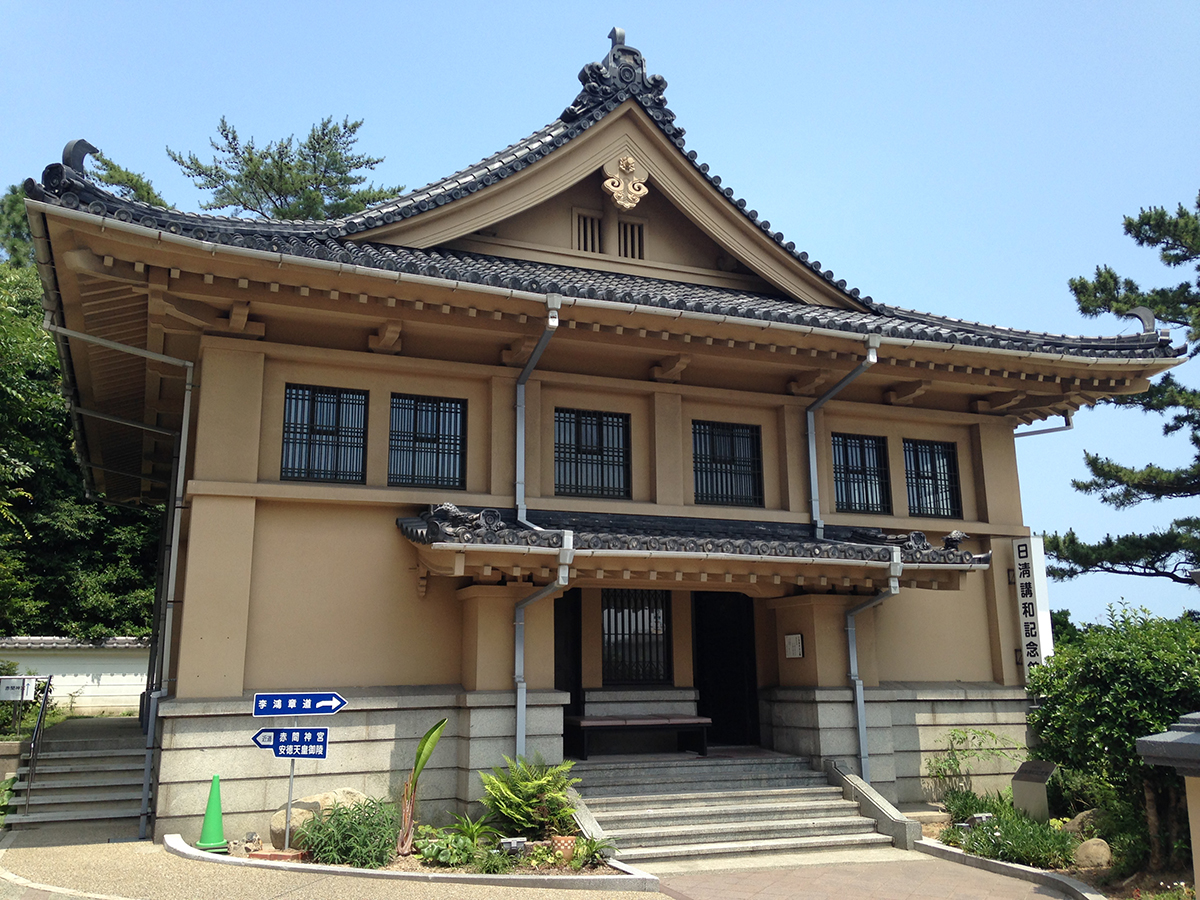
Nisshin Kowa Kinenkan is a memorial hall located next to the Shunho Building in Amitaji Town, Shimonoseki City, Yamaguchi Prefecture, Japan. It is a memorial hall with the theme of the "Treaty of Shimonoseki" signed by Qing dynasty and Japan in 1895. It is located in Shimonoseki. The Municipal History Museum is responsible for the management.
Mt. Sarakura
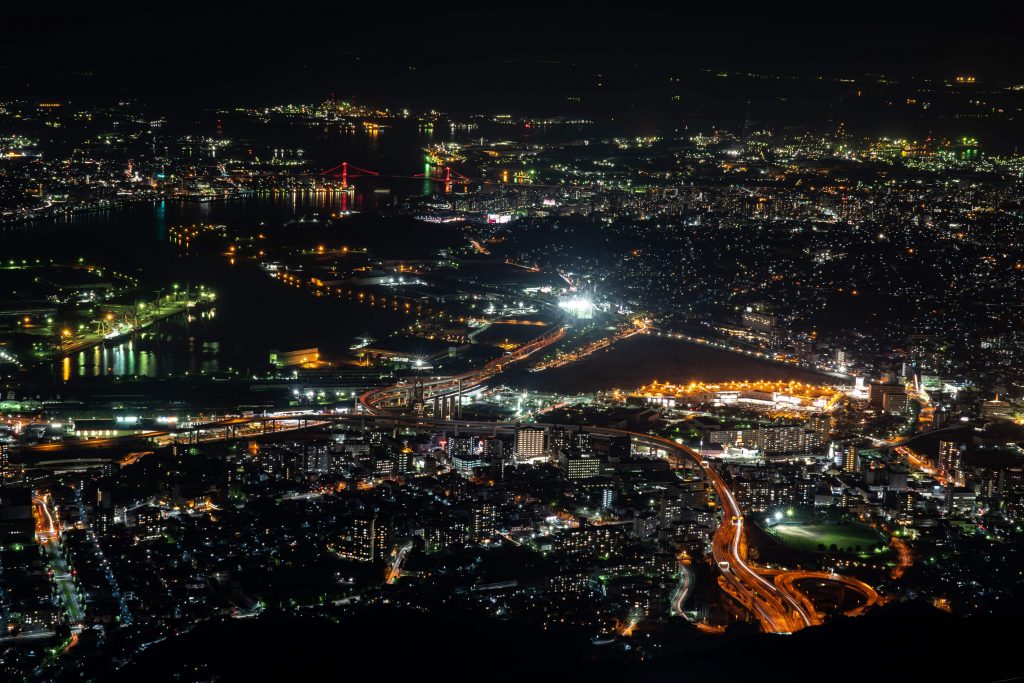
Mount Sarakura is said to be the foremost of Kitakyushu nightscapes.
Transfer from the cable car to the slope car (a kind of monorail) to arrive at the mountain’s summit of 622 meters, where an observation deck affords you an unbroken view of the city.
The scenery spread out beneath your eyes is called “the 10-billion-dollar nightscape,” and is recognized as one of the New Three Major Night Views of Japan.
The observation deck’s restaurant allows you to enjoy a panorama with a field of view of over 200 degrees while dining.
Mitsui Shopping Park LaLaport FUKUOKA
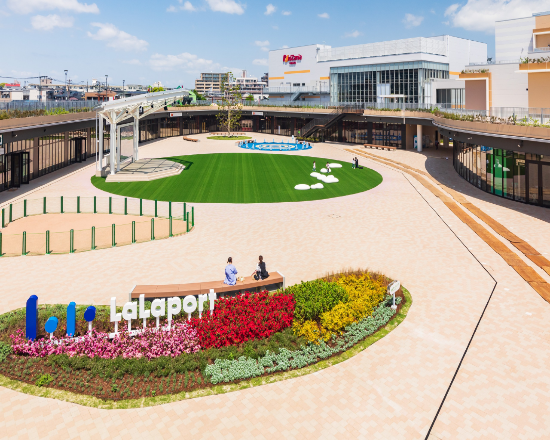
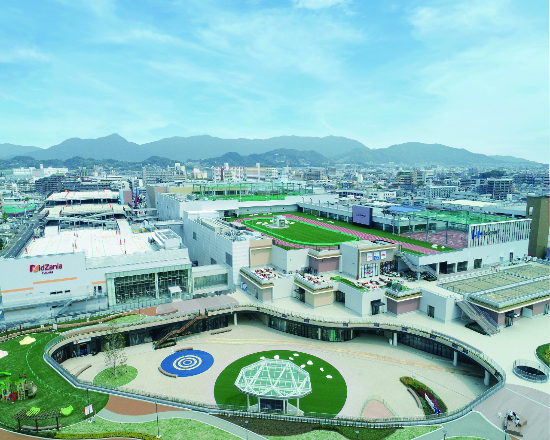
"LaLaport", which enters Kyushu for the first time, not only has shopping malls, gourmet food, and various entertainment facilities, it can satisfy your five senses, and it also hopes to satisfy customers of all ages.
Stay in Hotel ANA Crowne Plaza Fukuoka
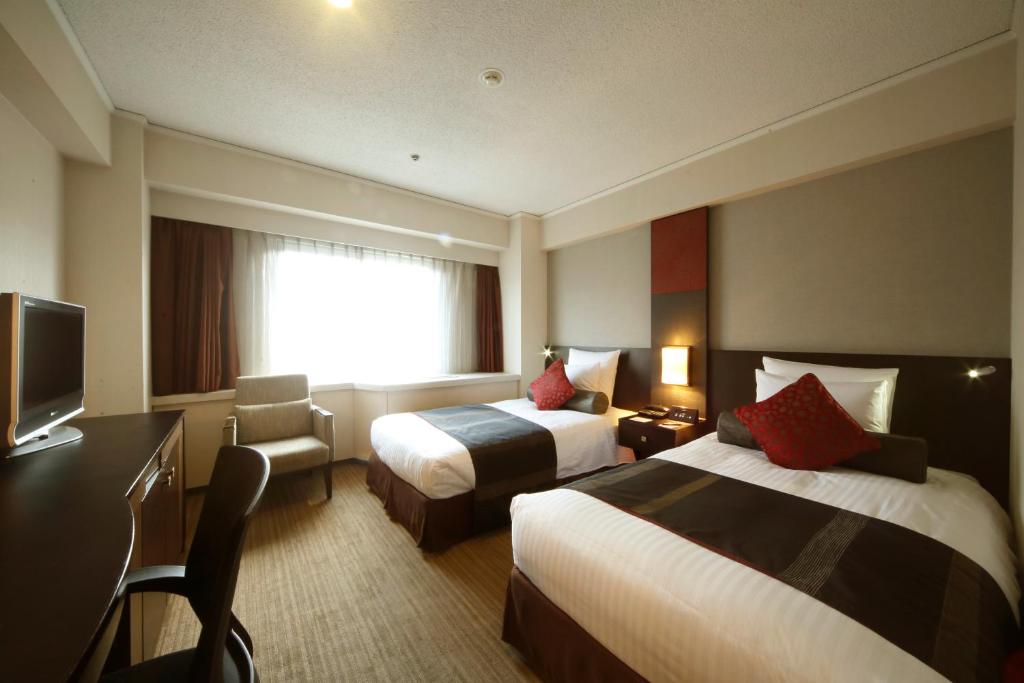
ANA Crowne Plaza, located in the heart of Fukuoka City, Japan, is a luxury hotel renowned for its elegant design and top-notch service. Situated near the bustling Hakata area, it caters to both business and leisure travelers. The spacious rooms are equipped with modern amenities and feature large windows offering views of the city or harbor.
The restaurant offers a diverse range of cuisines, including Japanese, Western, and buffet options. The hotel boasts a stylish bar, a fitness center, hot springs, and meeting rooms. Conveniently positioned near major transportation hubs and various entertainment facilities, ANA Crowne Plaza provides a luxurious and comfortable accommodation experience.
Day 5 Dazaifu Tenmangu > Kyushu Yanagawa Boating > Mifuneyama Rakuen > Stay in Wataya Bessou Hotel
Dazaifu Tenmangu
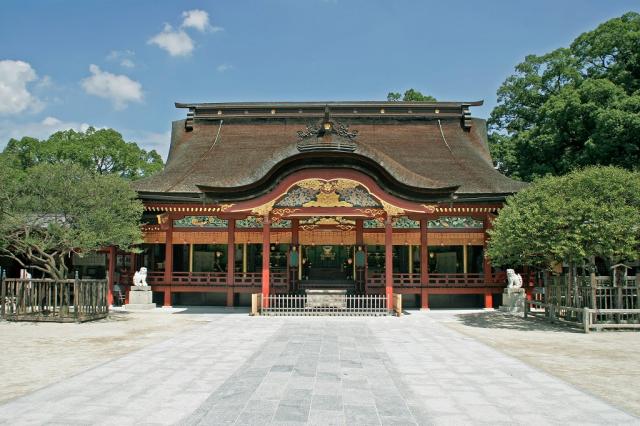
Among the hundreds of Tenmangu Shrines throughout Japan, Dazaifu's is the most important one alongside Kyoto's Kitano Tenmangu. Tenmangu Shrines are dedicated to the spirit of Sugawara Michizane, a scholar and politician of the Heian Period. Because of his great learning, Michizane has been associated with Tenjin, a Shinto deity of education, and is popular among students.
Michizane displayed his remarkable talents from a young age, and had already begun composing poetry by the age of eleven. His political career developed quickly, and he was able to gain much influence within the imperial court, which was then dominated by the Fujiwara clan. However, his rise to power resulted in rivalries between Michizane and the Fujiwara, which ultimately resulted in Michizane's exile from the capital city of Kyoto to the far-off government office of Dazaifu.
Kyushu Yanagawa
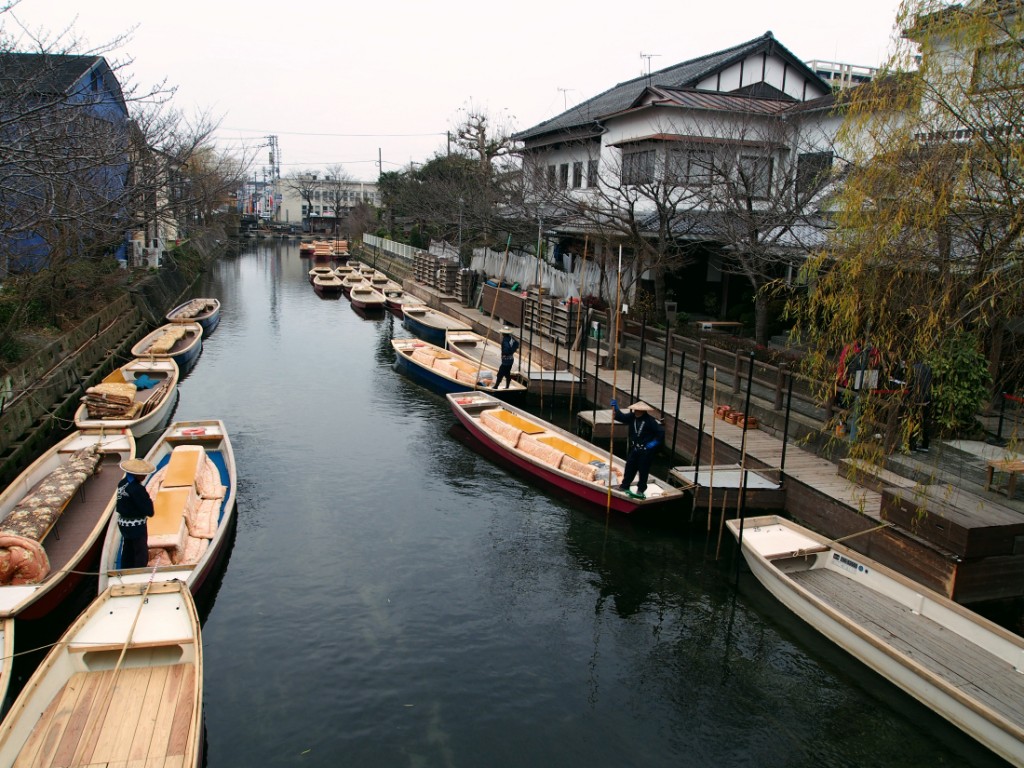
A city in southern Fukuoka Prefecture , Yanagawa is often called "the city of water" and "the Venice of Kyushu" because of its 930 kilometers of waterways, which were originally built as irrigation channels using the waters of the Chikugo River. Yanagawa now offers slow, scenic cruises down the waterways in flatboats known as donkobune, poled along by boatmen in traditional wear.
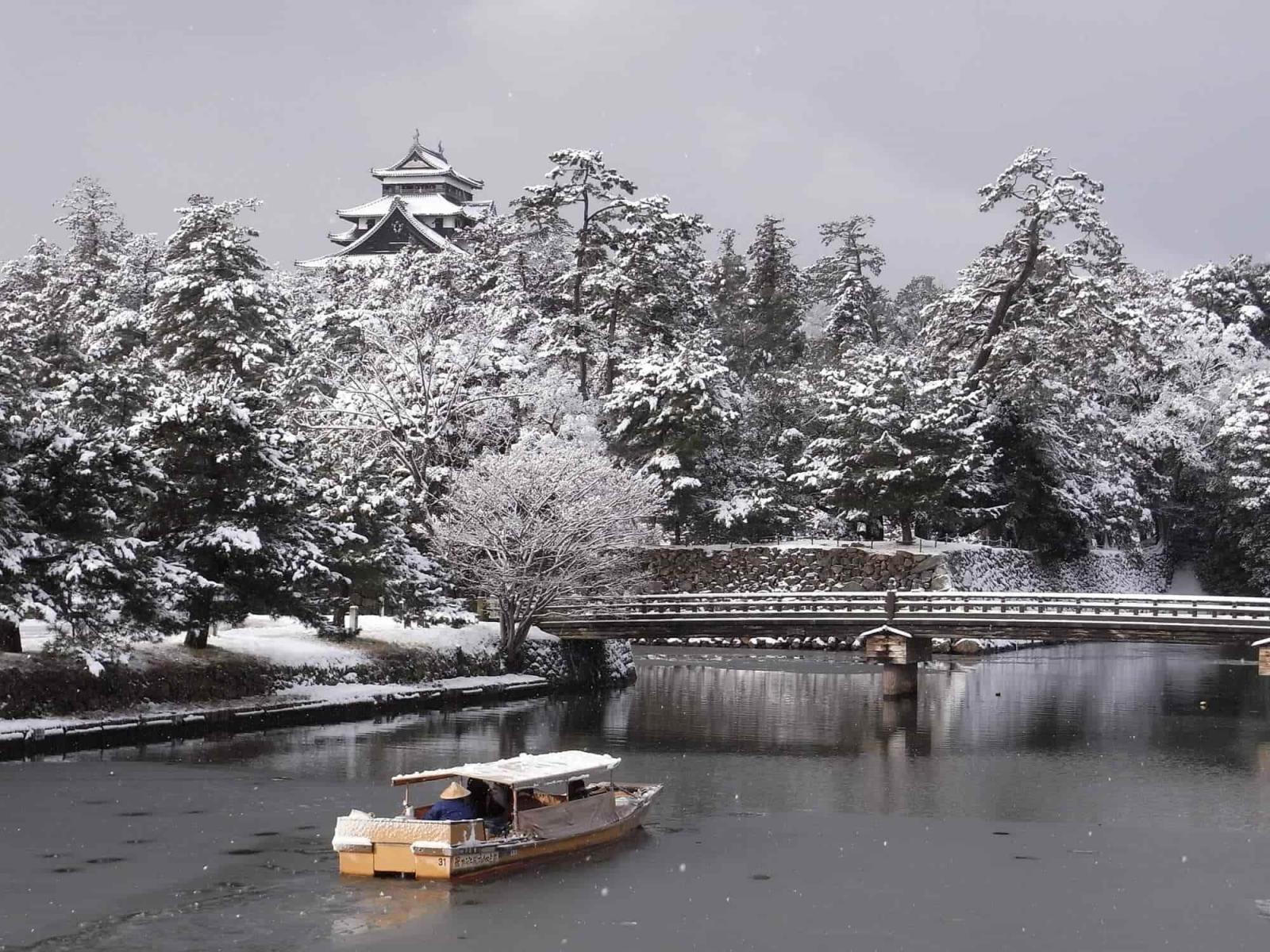
Mifuneyama Rakuen
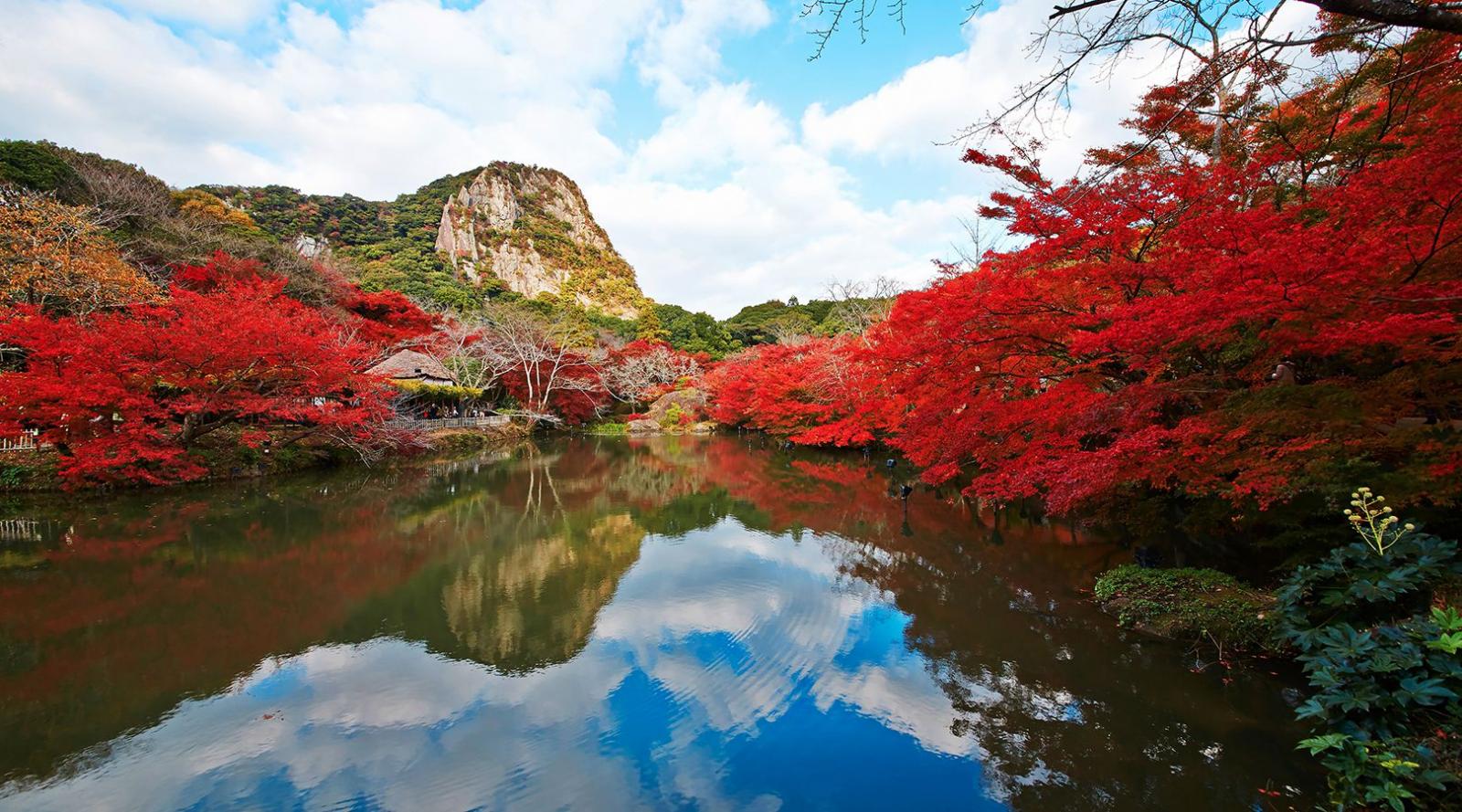
Mifuneyama Rakuen is a flower-laden site spread out over 500,000 square meters at the base of Mt. Mifune in Takeo City . It was constructed at the bequest of a former feudal lord. Visit the park's teahouse to complete a quintessential Japanese experience, and see statues depicting the 500 disciples of Buddha.
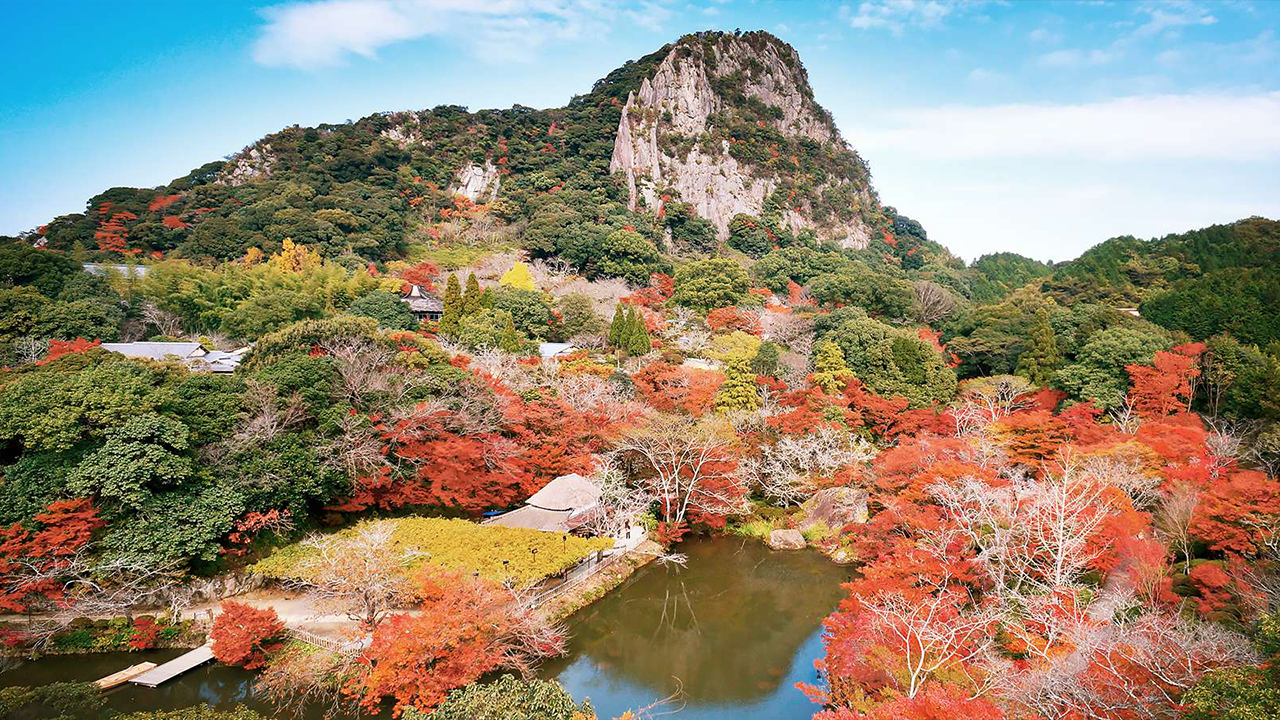
Wataya Bessou Hotel

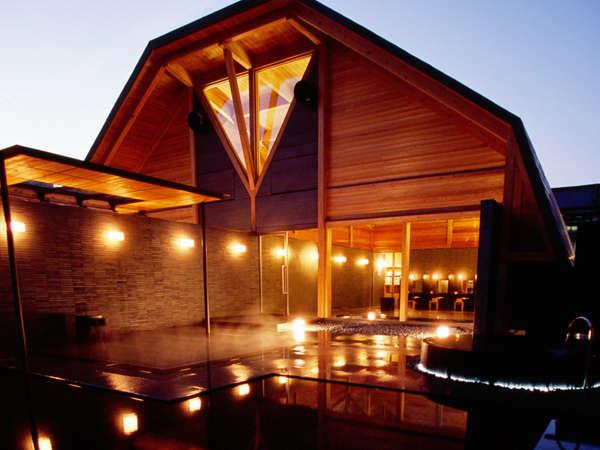
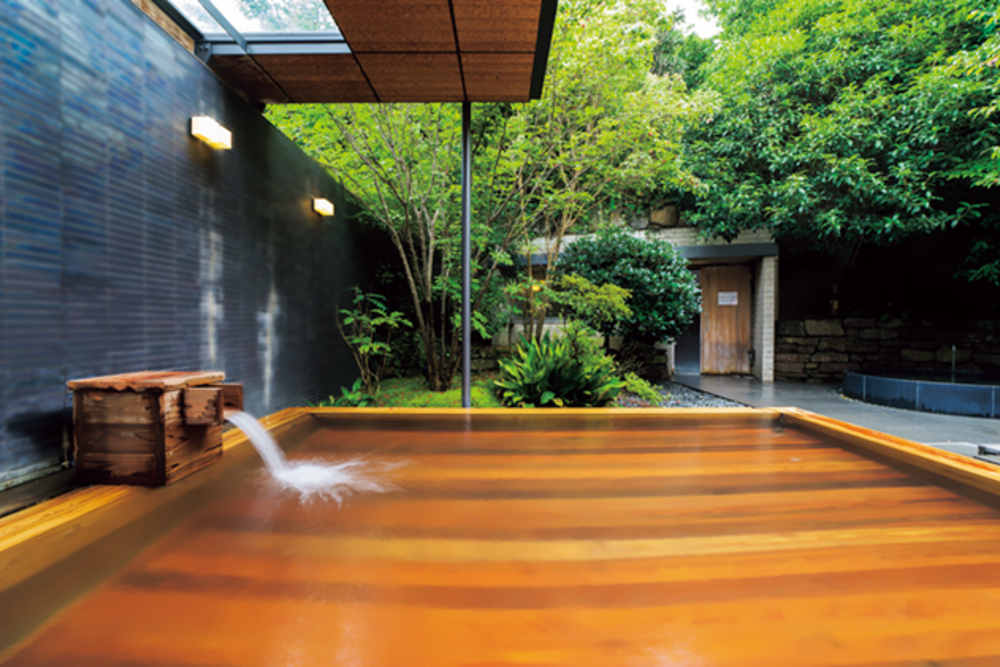
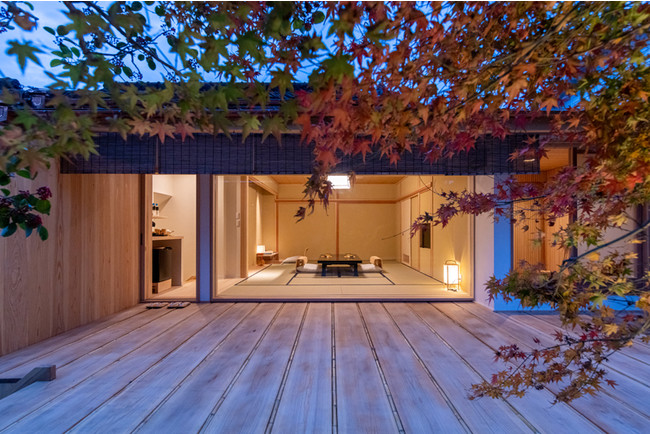
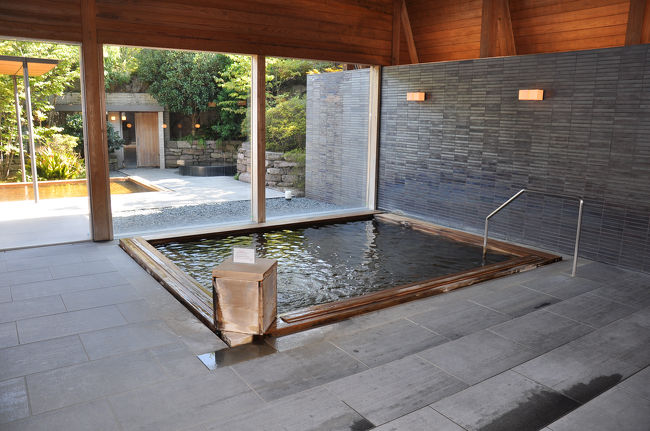
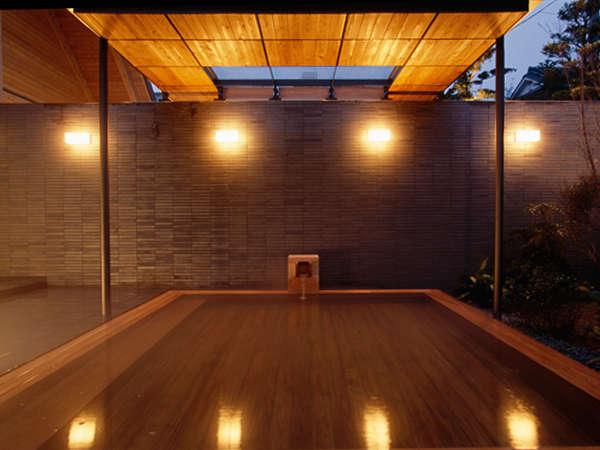
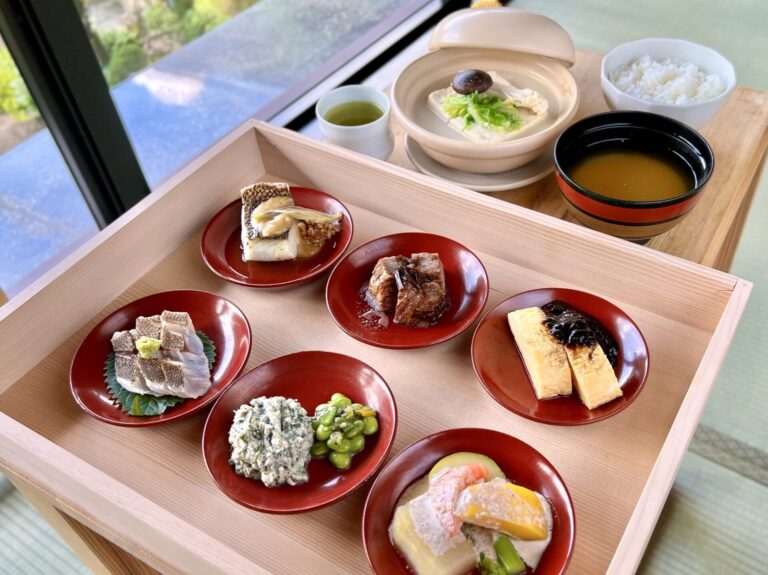
Source by:
Day 6 Kujuku Islands > HUIS TEN BOSCH > Nagasaki Atomic Bomb Museum > Ooedo-Onsen-Monogatari Nagasaki Hotel Seifu
Kujuku Islands
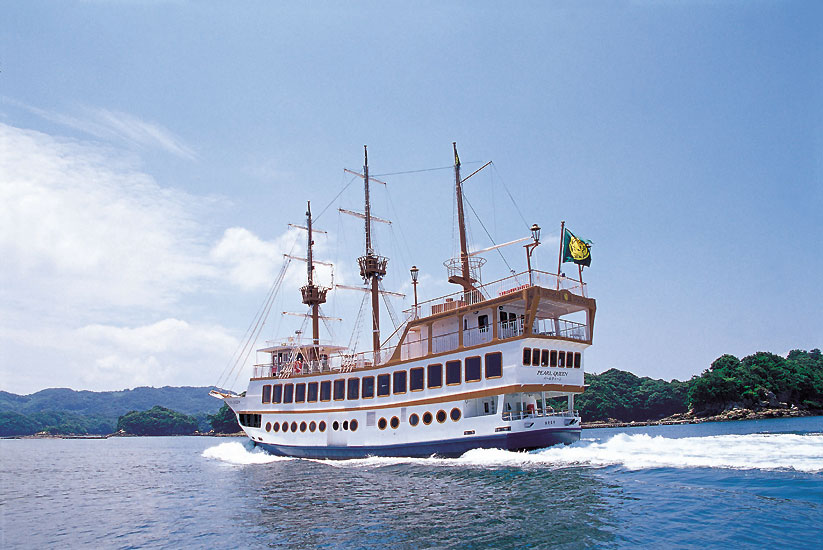
Kujūku Islands is a group of islands ranging in the west coast of Kitamatsuura Peninsula, Nagasaki Prefecture, Japan.
The name Kujūku-shima translates to "ninety-nine islands", though the total number of the islands is formally considered to be two hundred and eight. The whole area is designated as part of Saikai National Park.
HUIS TEN BOSCH
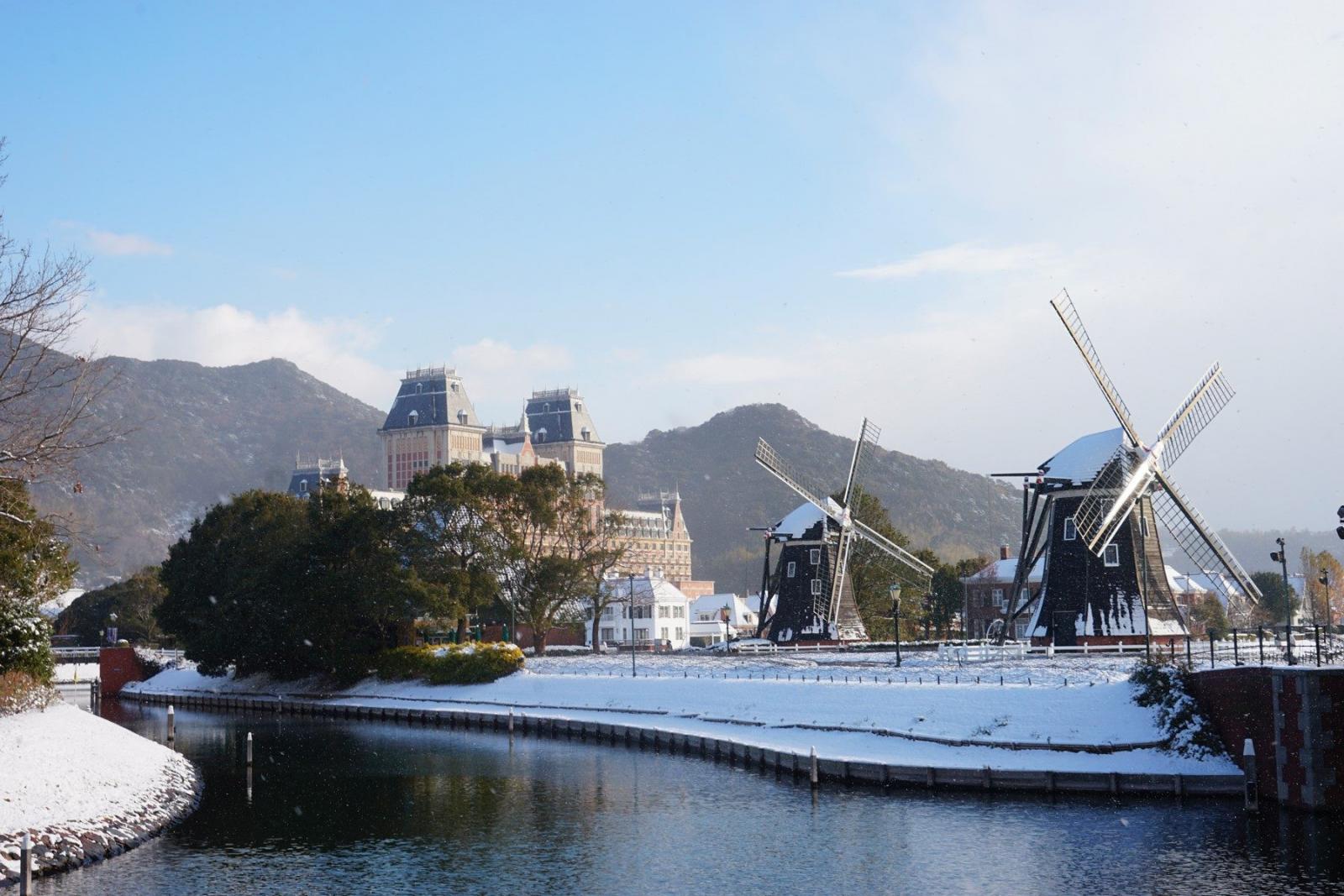
Huis Ten Bosch, which reproduces the scenery of a European Dutch town in the 17th century, faces the beautiful Omura Bay. It can be called the most beautiful resort in Japan, full of charm in all seasons. The tulips in spring and the windmills standing on the canal, combined with the brick European-style buildings create a leisurely atmosphere; the Huis Ten Bosch Palace shows aristocratic elegance and houses many precious works of art. From the cool festival in summer, the flower art season in autumn to the bright and romantic lighting event in winter, various activities attract tourists to visit throughout the year, and each time is like a new experience.
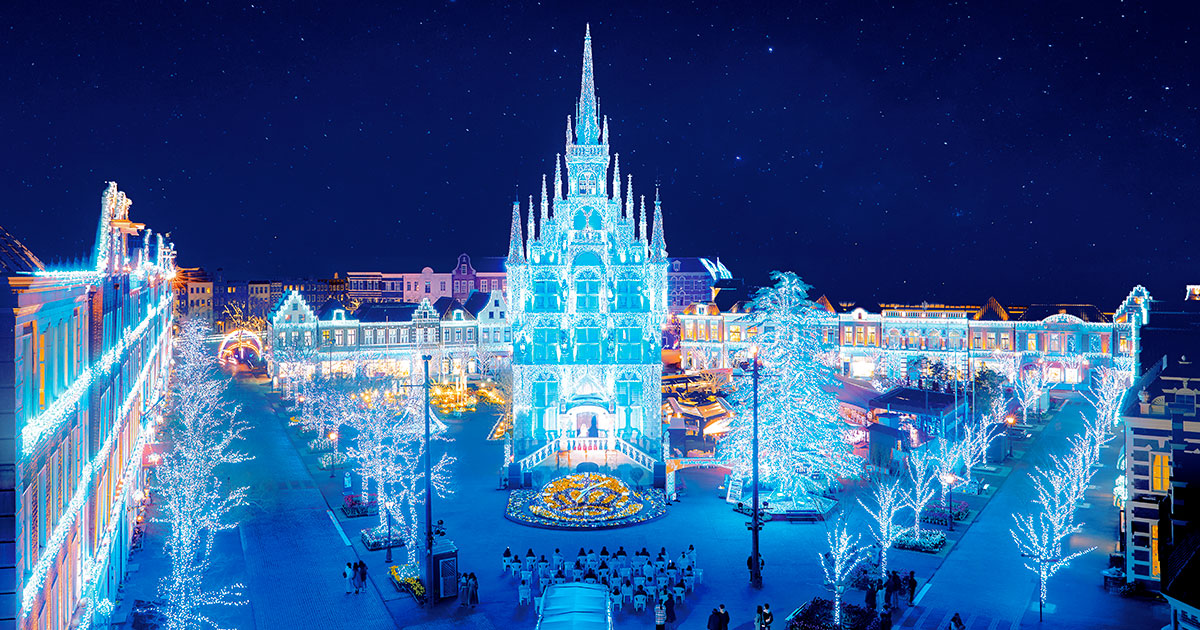
Huis Ten Bosch has different themed lantern decorations to enjoy throughout the year, and the largest and most famous one is the winter lantern event. The "Huis Ten Bosch Light Silver Street" will be held in December, with Christmas as the theme, and a lively Christmas market will also appear at the same time. European castles, music and dance, a feast of flowers and light kick off: Huis Ten Bosch Palace 3D light and shadow show, wandering in the blue sea of light waves, the 30-meter-high lighted sky tree dances to music, listen to the orchestral music of light, and watch the magic of light and shadow A myriad of changes, full of romance. The silver and white colored lights are all over Huis Ten Bosch, as if entering the magical world of ice and snow, as romantic as being in Europe.

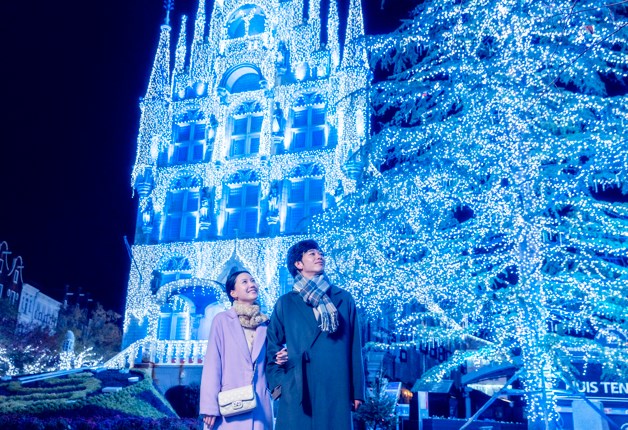
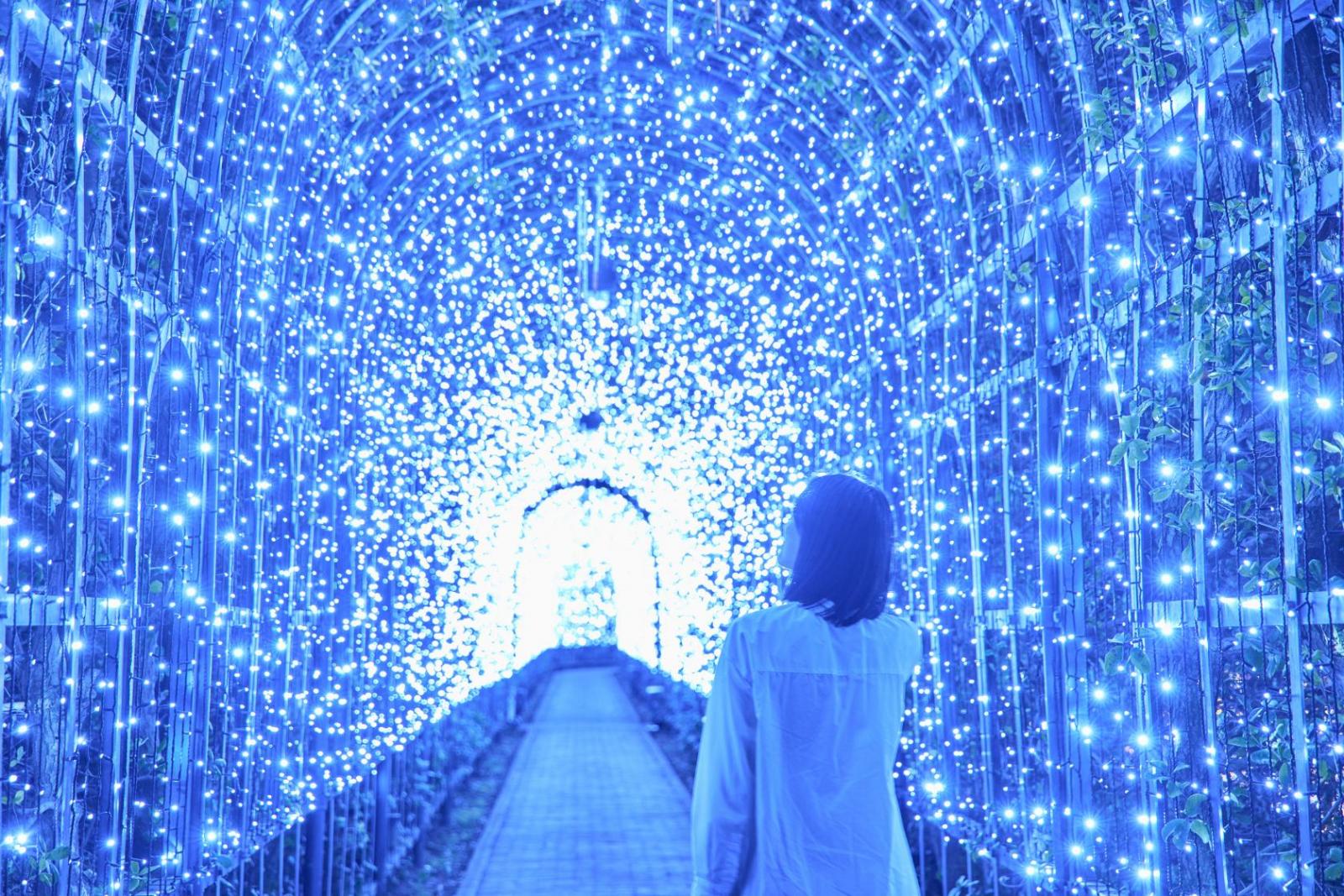
Nagasaki Atomic Bomb Museum
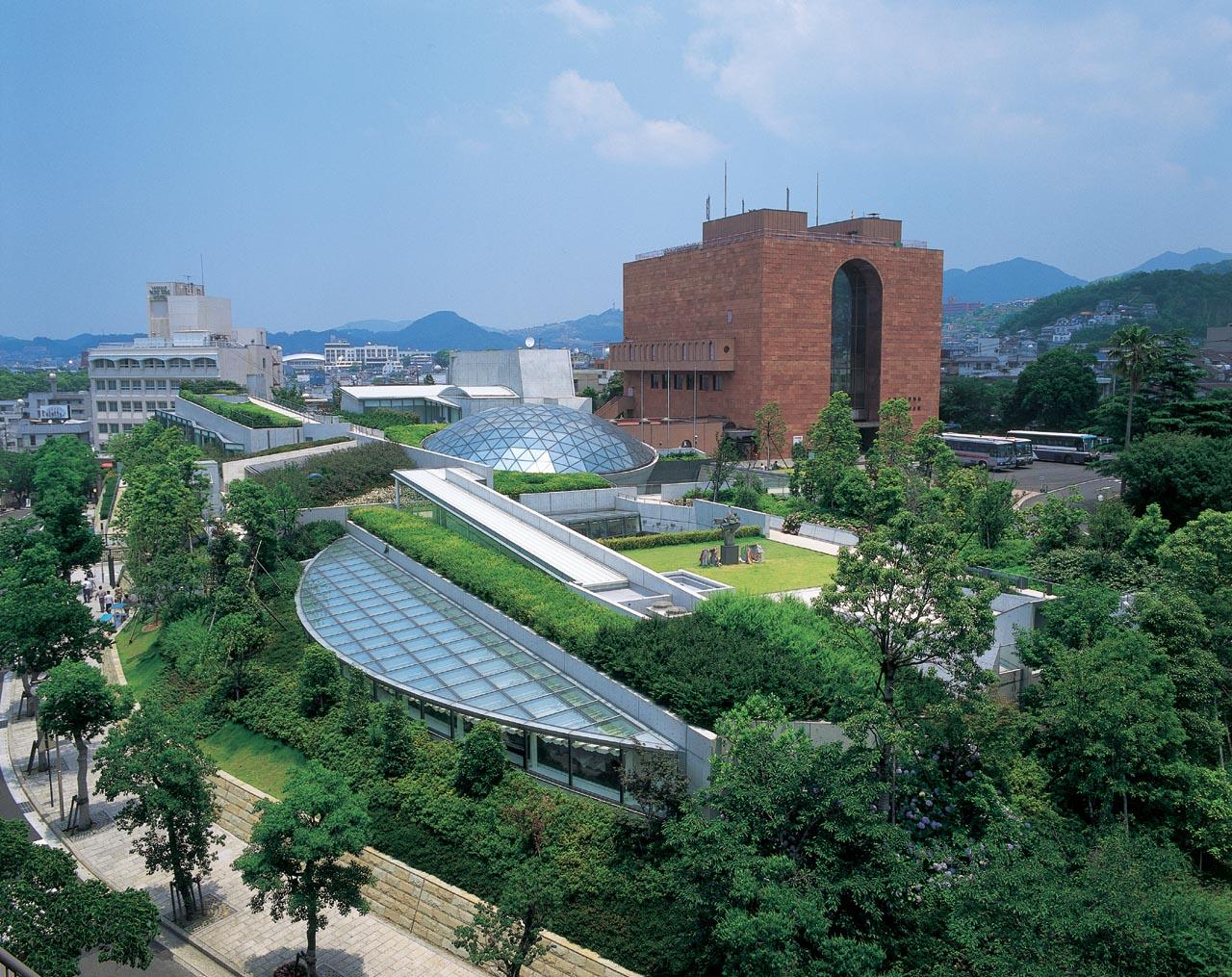
The Nagasaki Atomic Bomb Museum is a museum located in Nagasaki, Japan.
Ooedo-Onsen-Monogatari Nagasaki Hotel Seifu
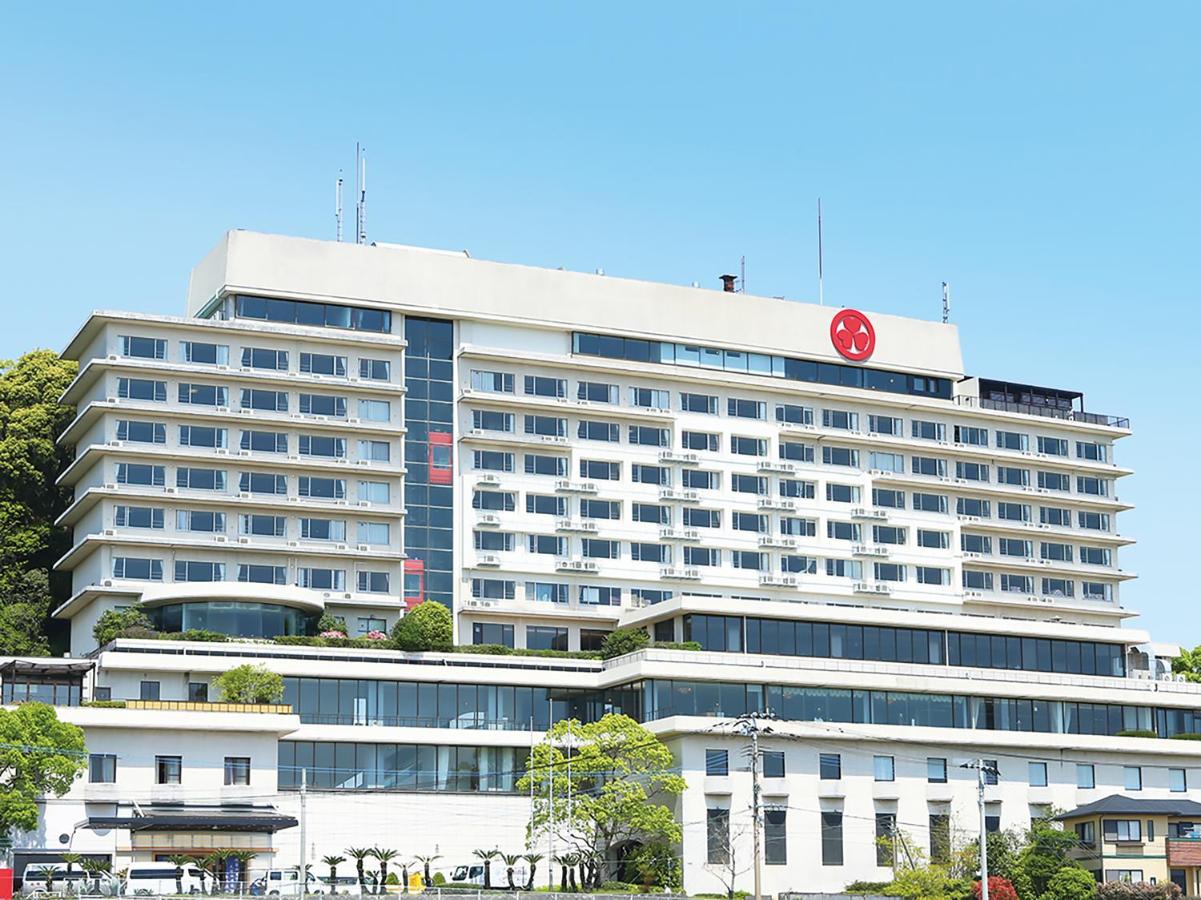
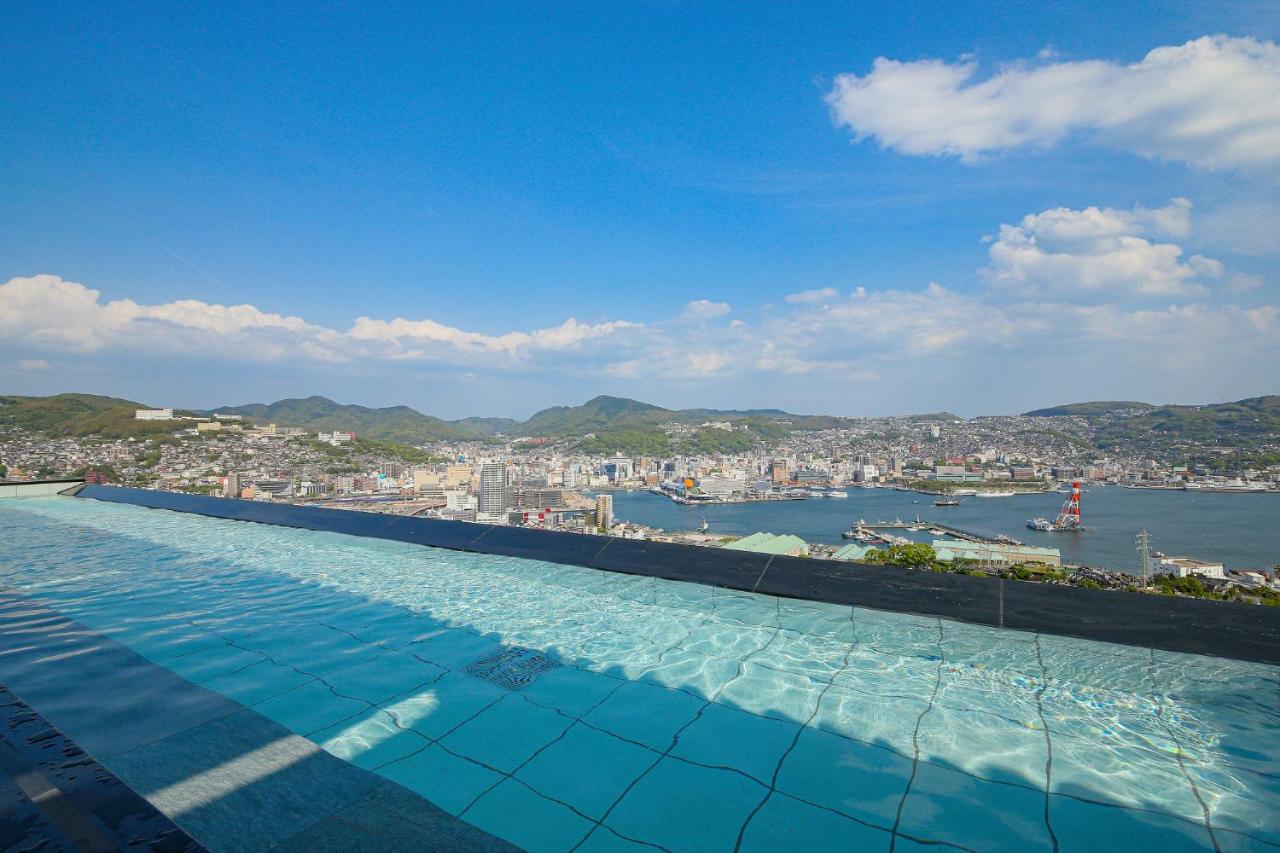
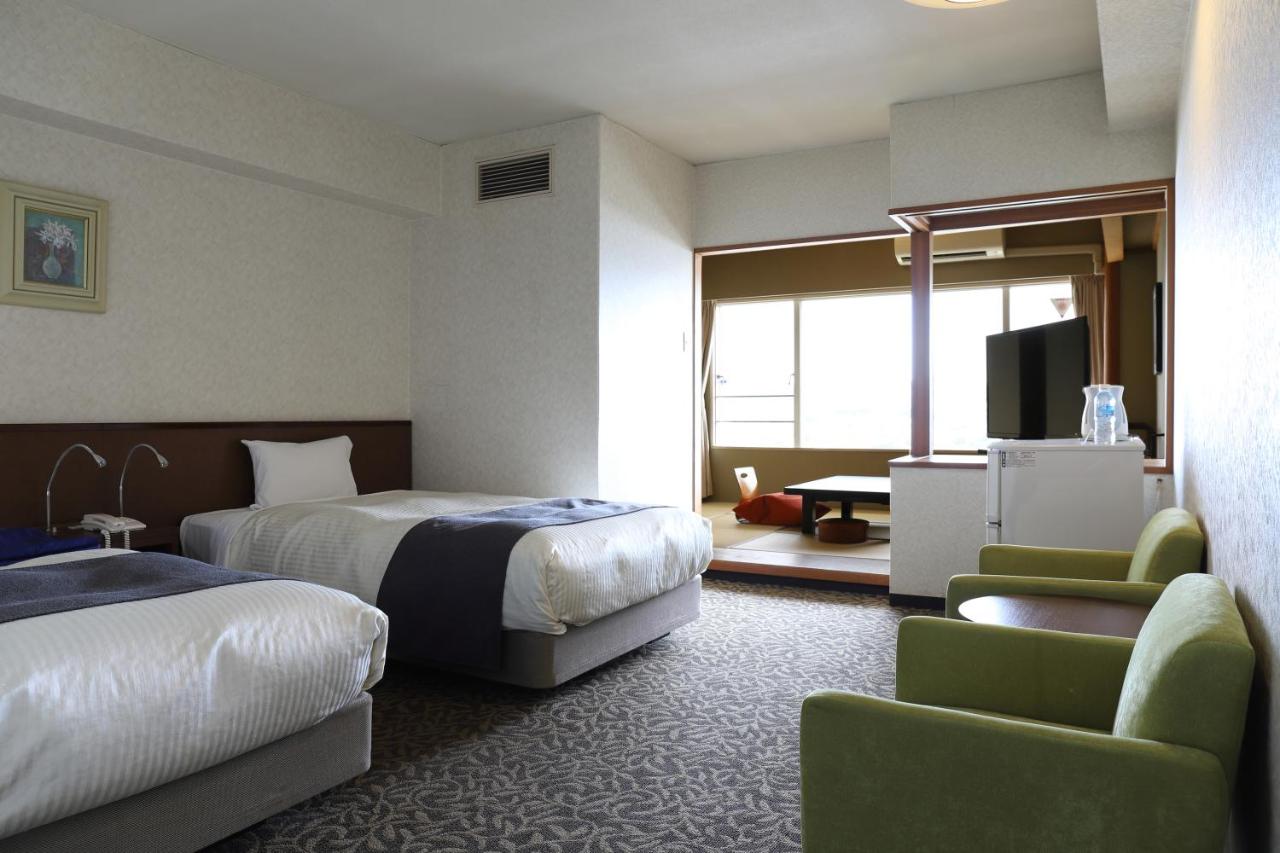
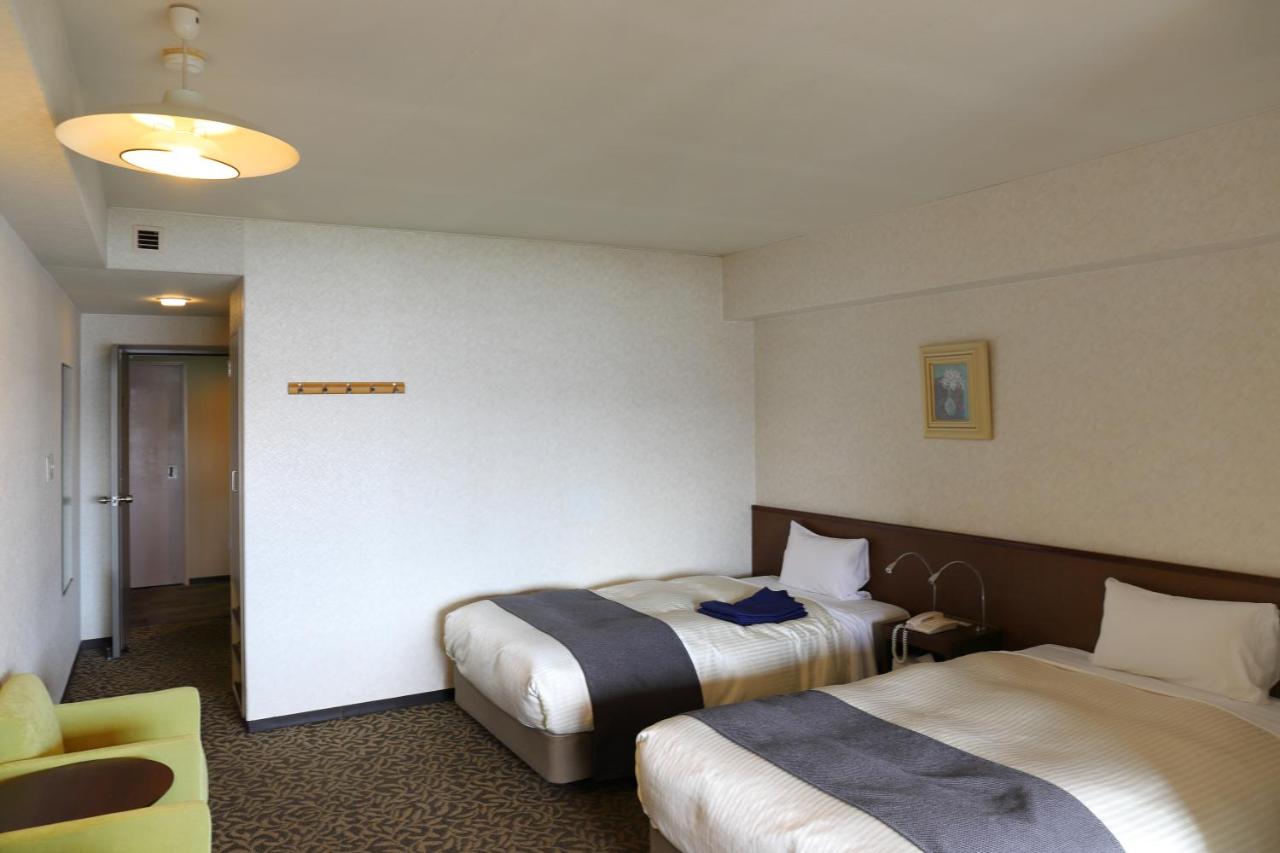
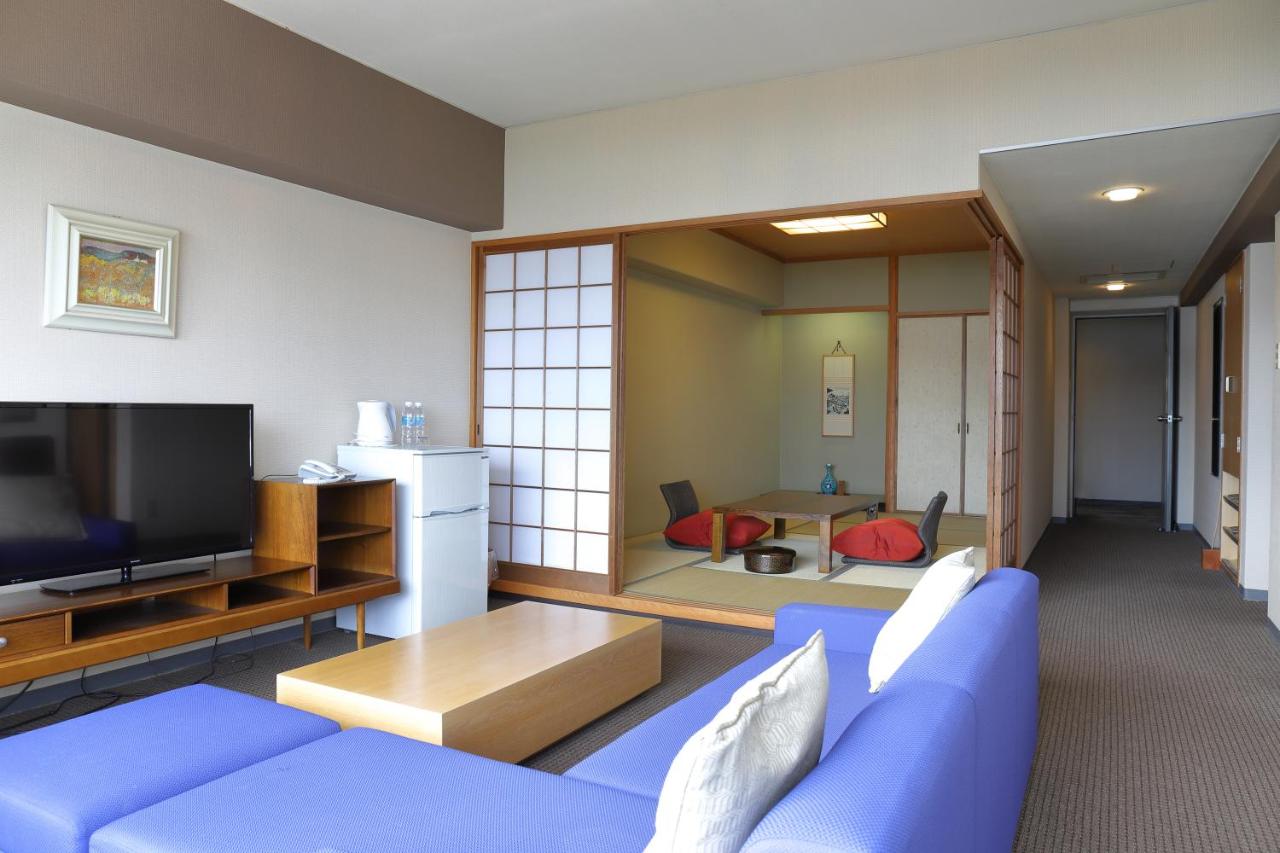
Day 7 Glover Garden > Shimabara Ferry Terminal > Suizenji Jojuen Garden > Kumamoto Airport > Taoyuan International Airport
Glover Garden

Glover Garden is situated on the southern slope of a mountain, ensuring that the garden's flowers can be enjoyed in full bloom throughout the year. This excellent vantage point offers a superb and extensive view of Nagasaki Harbor. The gardens feature the former Glover Residence, which, in addition to the gardens, was donated to the city of Nagasaki in 1957 by the Nagasaki Shipyard of Mitsubishi Heavy Industries and opened to the public. Eventually, six other Western-style residences from the Meiji era that had been built throughout the city were dismantled, moved, reconstructed and restored as important national cultural properties on this site of former foreign settlements. They joined the former Glover Residence, the former Ringer Residence, and the former Alt Residence on the site. All these buildings now form Glover Garden.
Shimabara Ferry Terminal

Suizenji Jojuen Garden
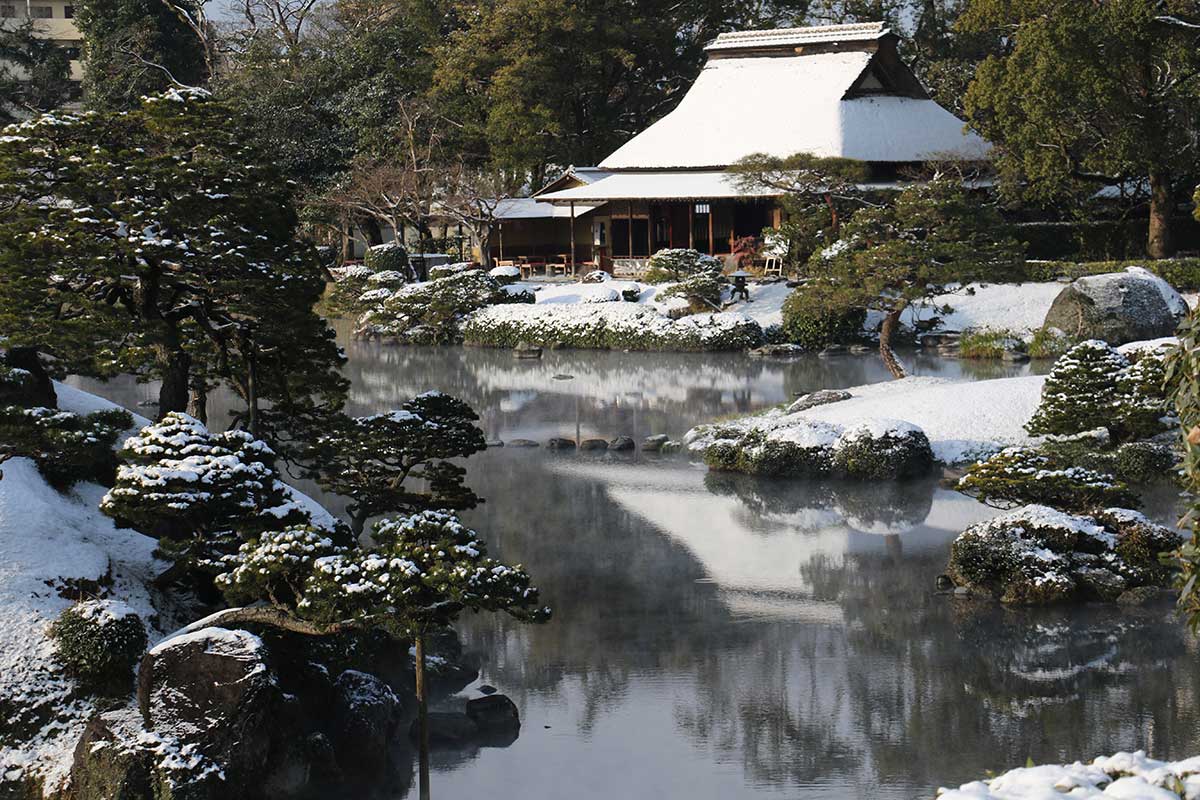
Japanese garden located within Suizen-ji Park in Kumamoto Prefecture, Japan. The main tsukiyama is a representation of Mount Fuji. Lord Hosokawa Tadatoshi began construction of the garden in 1636 as a tea retreat. The park was named after a no-longer-extant Buddhist temple called Suizen-ji, and now hosts the Izumi Shrine, where members of the Hosokawa family are enshrined, and a Nōgaku-dō, a Noh theater. Lord Hosokawa selected this site because of its spring-fed pond, the clean water of which was excellent for tea. The thatched Kokin-Denju-no-Ma teahouse was originally in Kyoto's Imperial Palace, but was moved here in 1912.
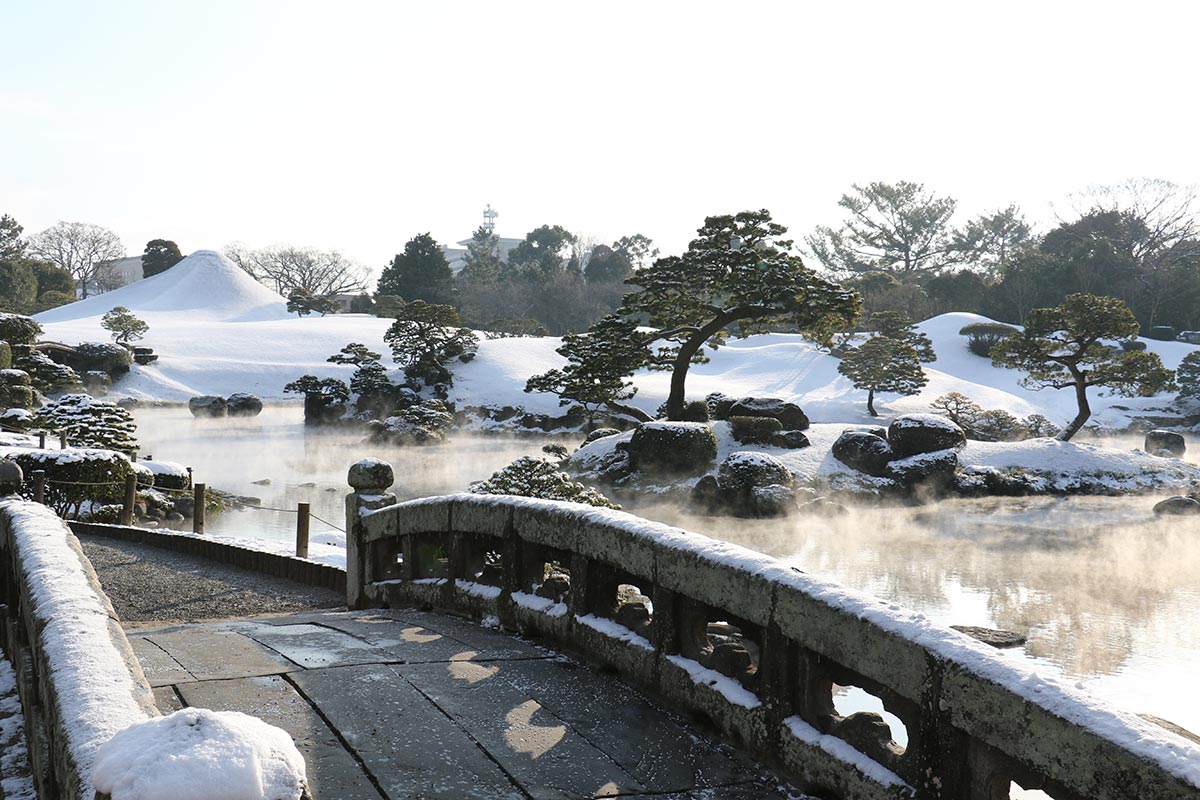
Source by:
https://www.kyushuandtokyo.org/
https://www.crossroadfukuoka.jp/
https://www.gururich-kitaq.com/
https://www.kurokawaonsen.or.jp/
橘子貓旅遊及包車討論區


